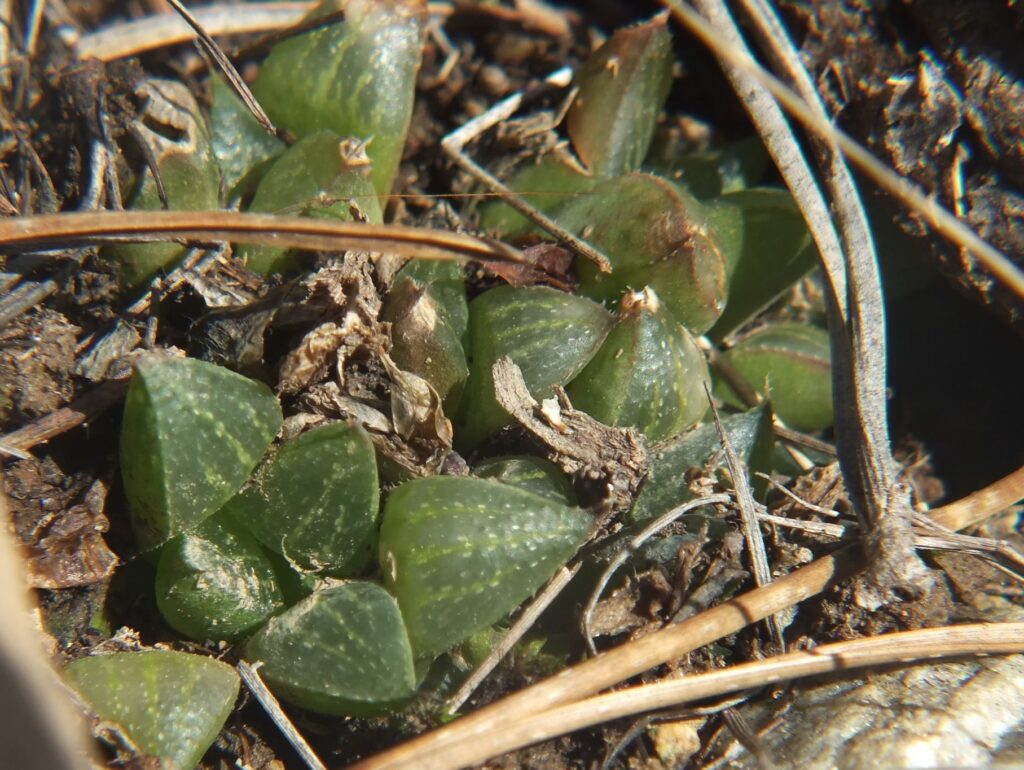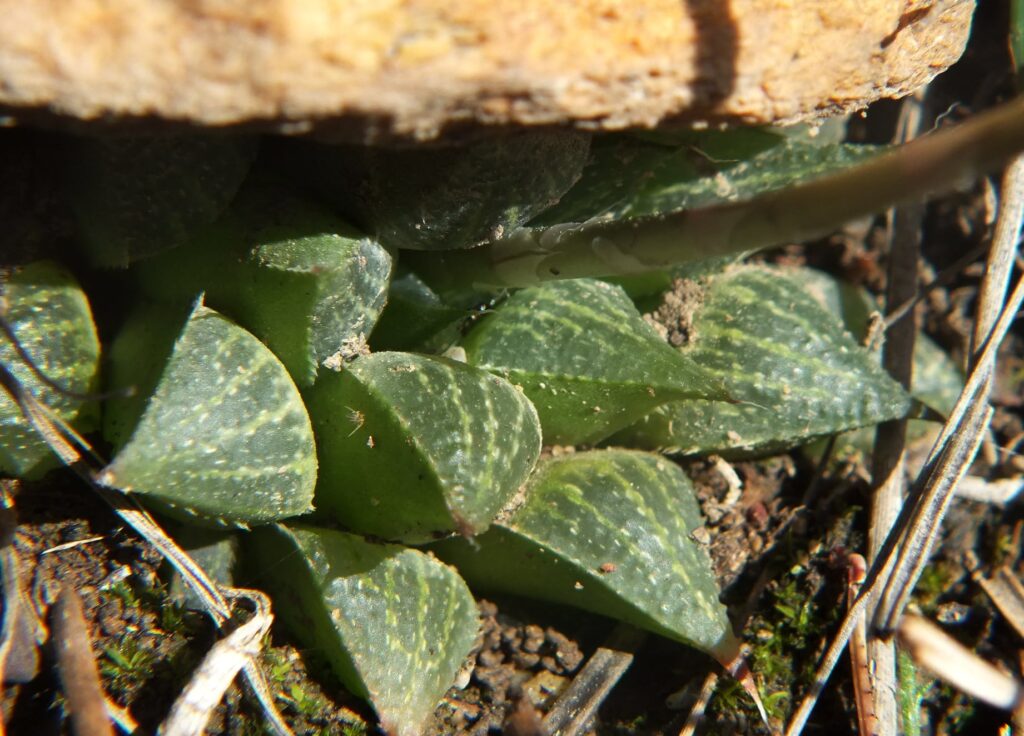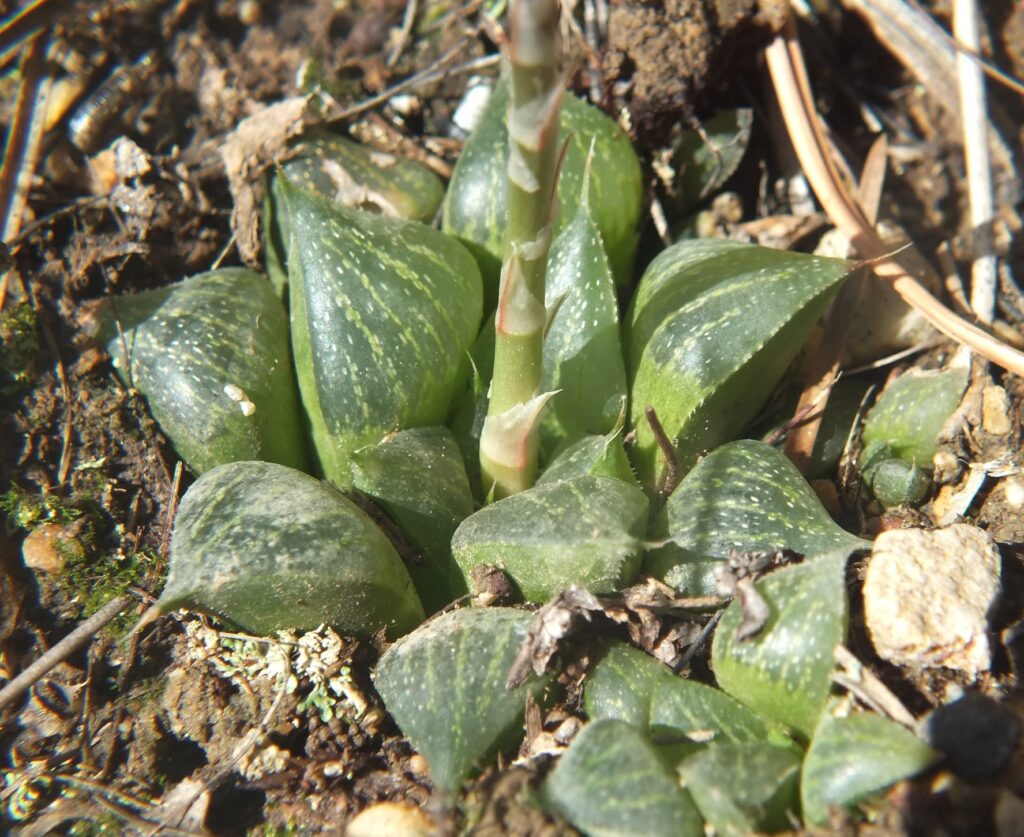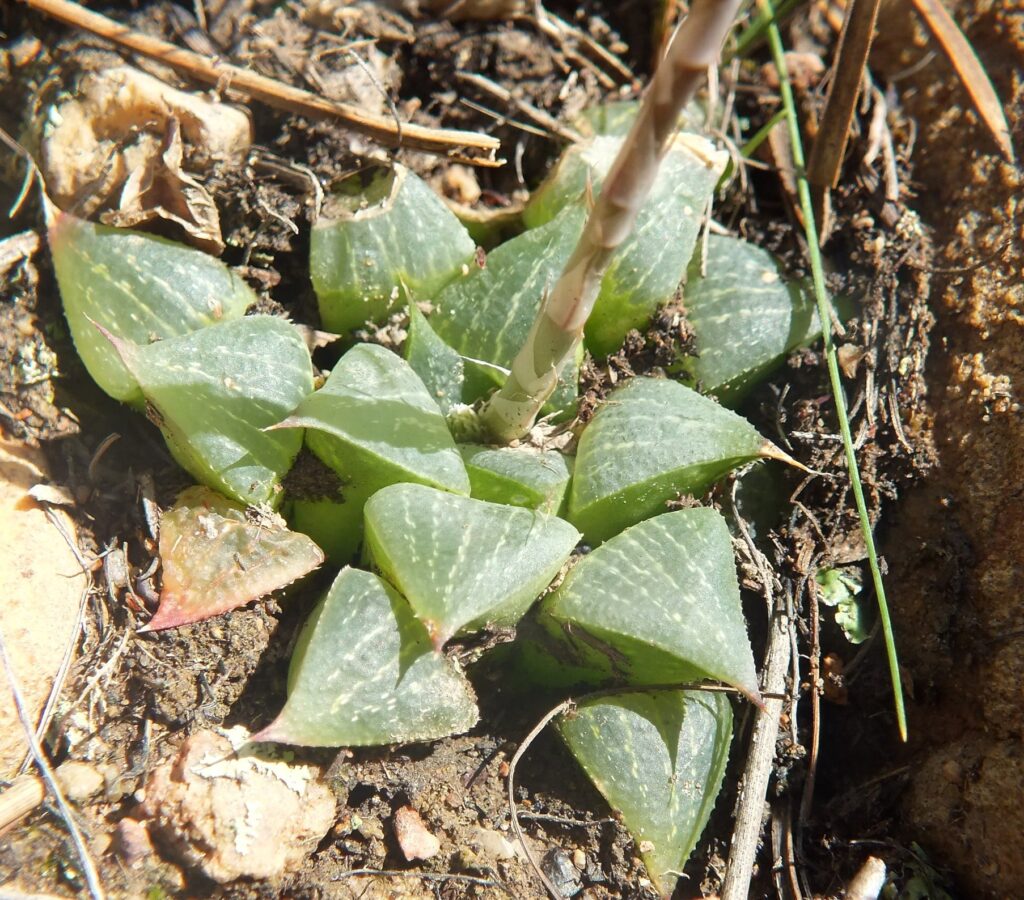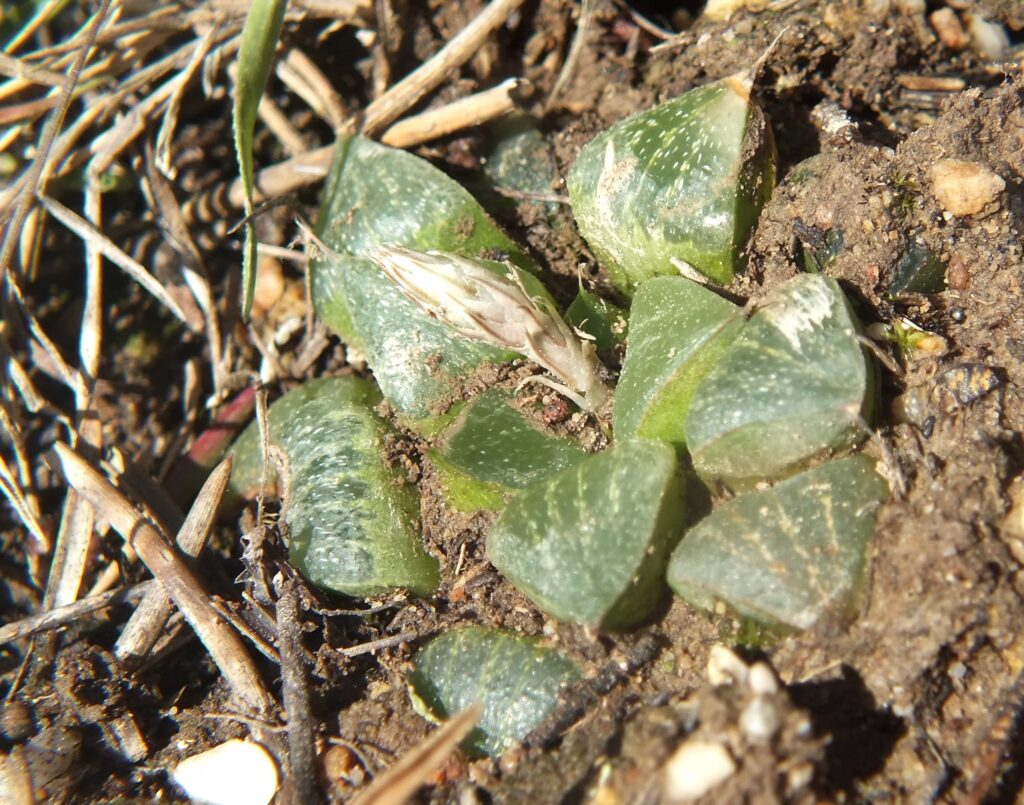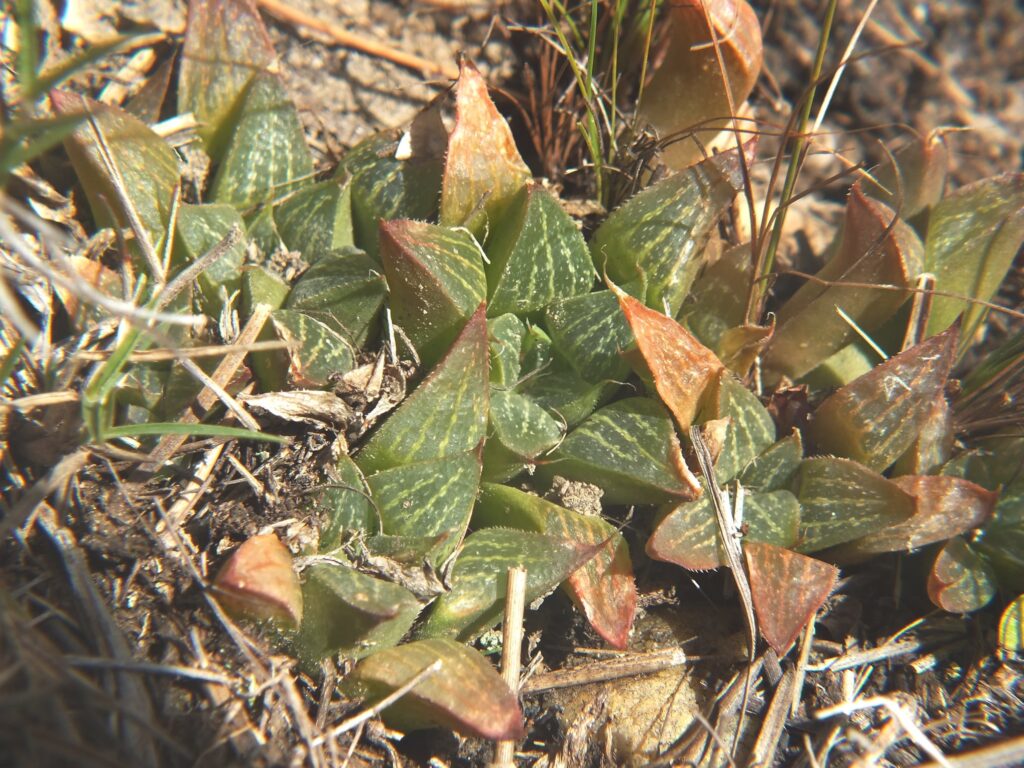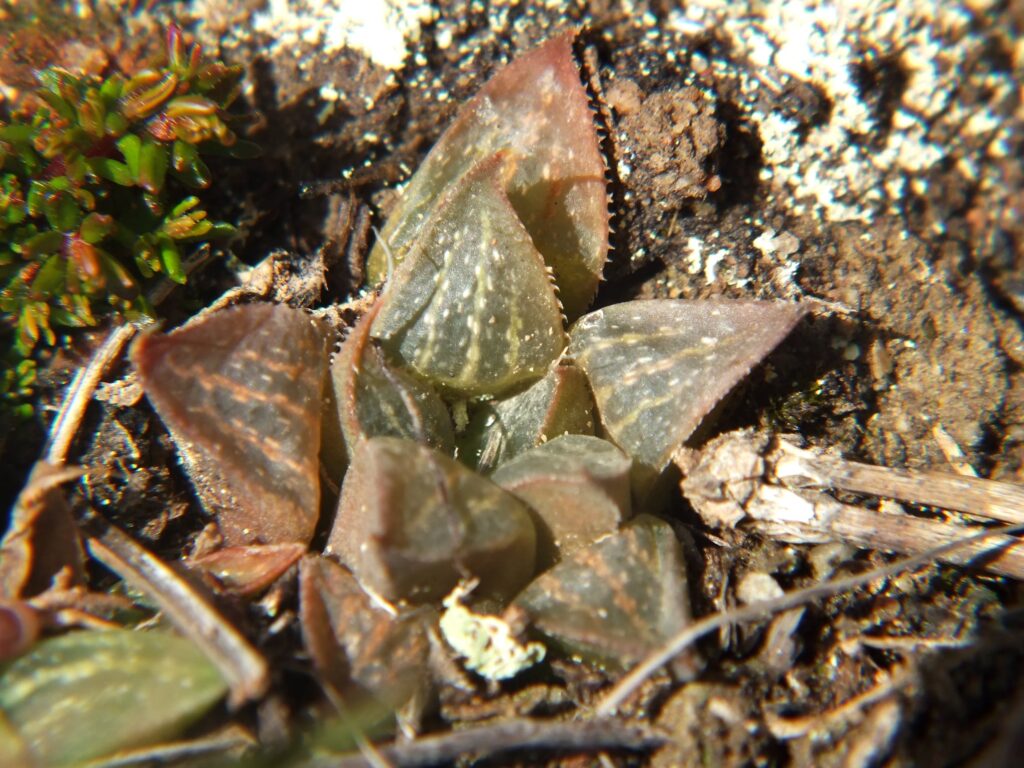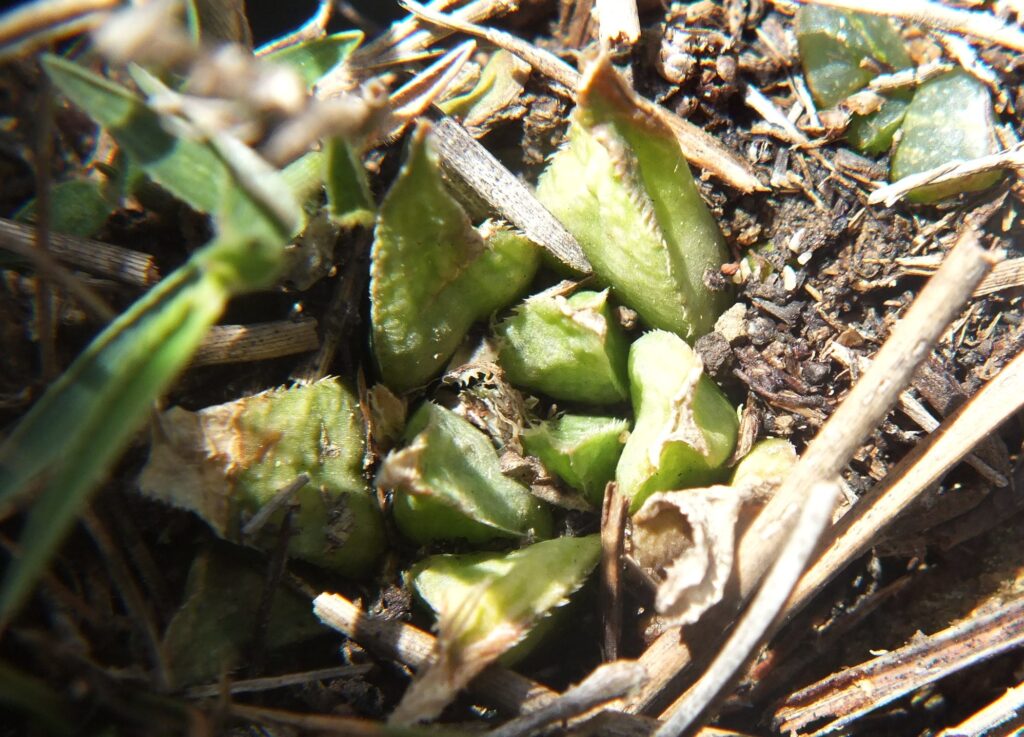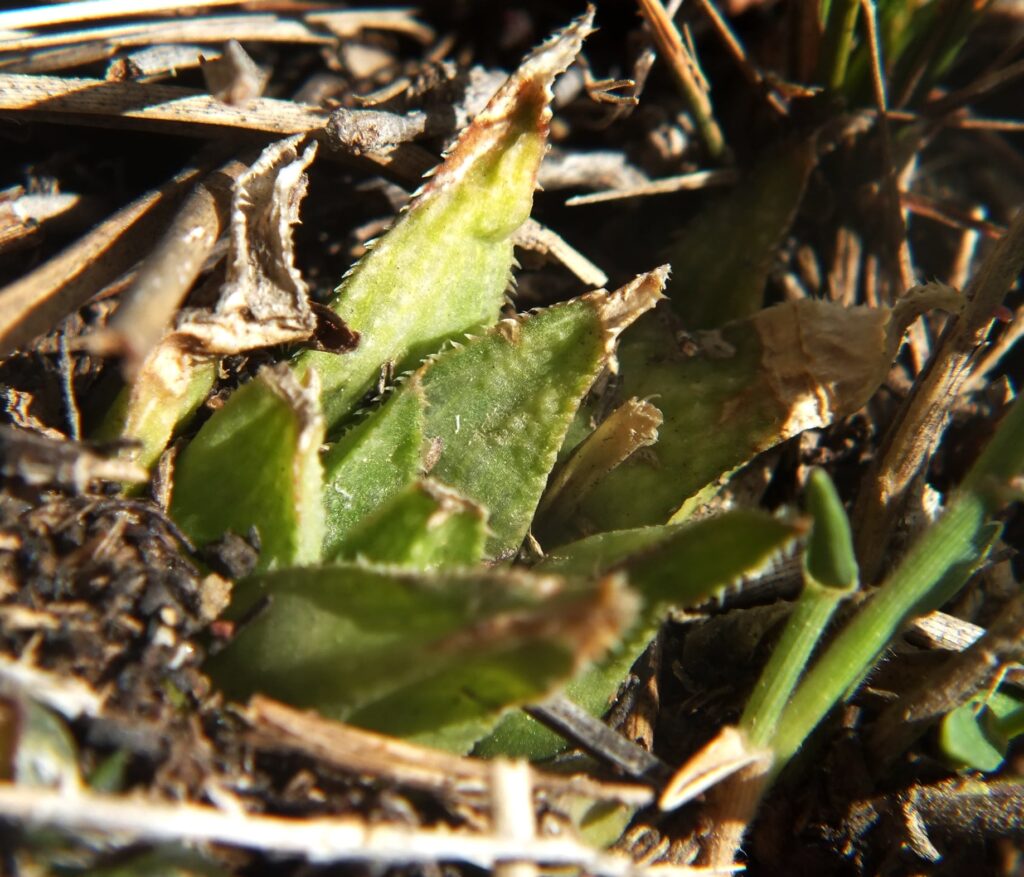Here are maps attempting to illustrate relationships and a reality of “species”. The BW map was the one presented in Salisbury 1976. The colour map was done a few years ago and I may (need to) work on the legend along the lines of the MTR model. But I do feel disturbed by Gerhard’s unnecessary and unkind remarks. The fact is that I said long ago that Haworthia as was, would not be understood until the generic problem was resolved. At least PRE accepts that. But there is a bigger and deeper problem that I cannot get through to anyone despite the obvious. We have a classification system that is antiquated and dysfunctional based on a philosophy and methodology that does not work for Haworthia and MANY other genera. There is no general and precise species definition and there cannot be while we are restricted to a mechanistic world view that wholly ignores the fact that the physical world we occupy is a projection from a far greater metaphysical reality that we are programed to forget. Species are not just mechanistic products of a whimsical nature. Books like Sheldrake’s Morphogenesis, or Lovelock’s Gaia Hypothesis, and Capra The Turning Point (many more) are not sucked out of thin air. Neither are the Bible, The AdiGranth, the Baghavad Gita and also many more. But we do not need to go to that level to realise that we are getting nowhere pursuing a mindless argument. We do not even have to know the metaphysical reality while we think we can use a two dimensional clado- or phylo-gram to illustrate a three-dimensional issue of time and space.
For the sake of clarity, red is retusa and pink is turgida but do not make a mistake and think there is a clear separation.
The dotted lines are really a guess at a situation before the Younger Dryas? 12,000 years ago They suggest a southern connection of the mirabiloids were I have no doubt that mirabilis ‘bobii’ directly connects to mirabilis ‘paradoxa’. I would love to paste my updates stuff all over again. Trouble is I only got a digital camera about 2006 and as it is, posting one population a day would need about 3 years.
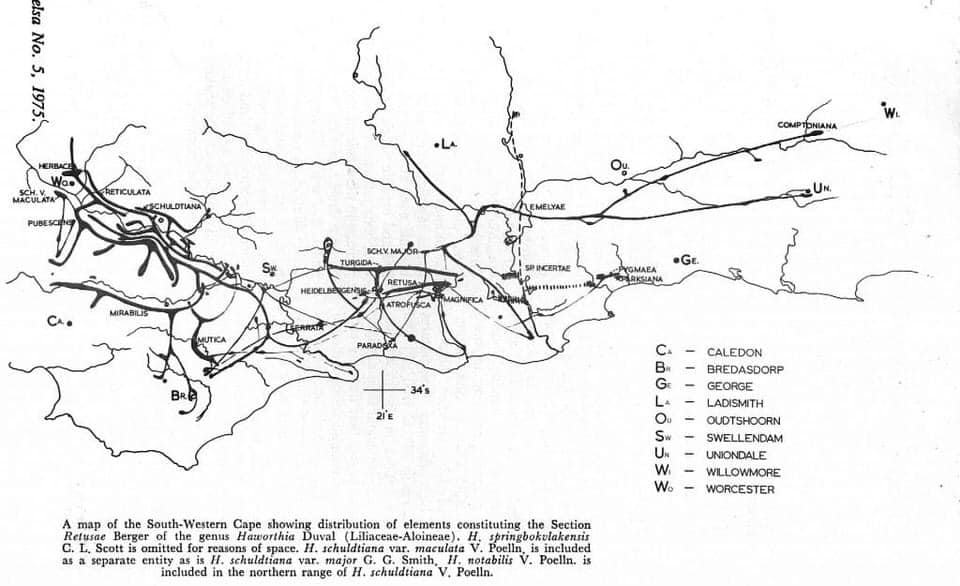
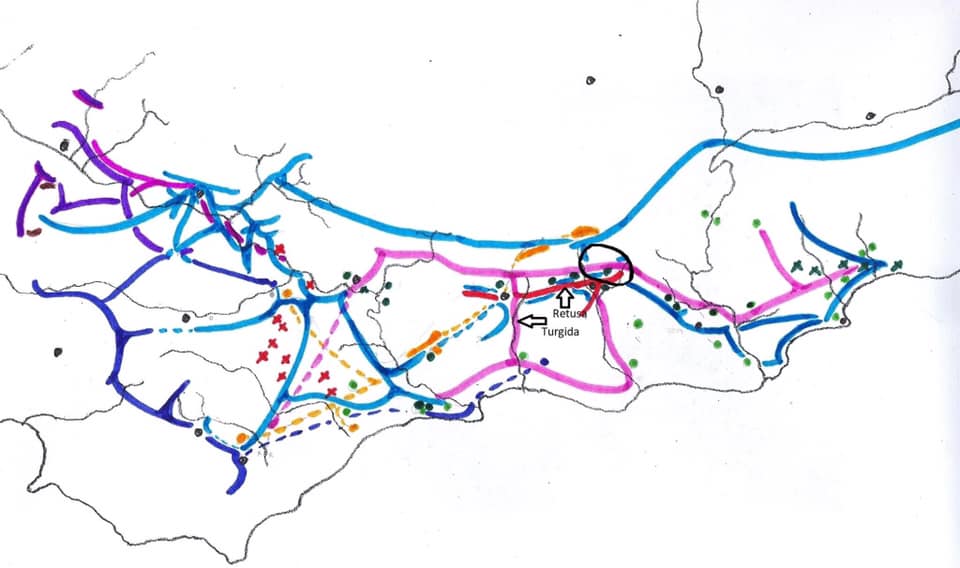
I understand there are people who are offended by my opinions and the frustrations that I generously express. But there are real problems that commercial and lesser needs prefer to wish away. Seeing H. fusca did not require for me to wait months to see any connection to H. retusa. It simply confirmed what I have been tediously trying to explain to an audience that has an element reluctant to listen. Or reluctant to read and think objectively. Why do these people want to lead enthusiasts away from what may be true? The fact is that DNA sequencing has not been able to resolve the nature of species in these retusoid/mirabiloid populations. I do not think that next-generation sequencing is going to change anything either. Here is a very rough map I drew to try and explain the situation of a single gene pool (one system = one species). I use R in the map for retusa for nomenclatural priority when it is actually turgida (thus T) that dominates. True retusa is centered on Riversdale and Heidelberg in the centre. Rather than throw rocks at me, I would be grateful for constructive ideas based on observable and quantifiable facts. If I add a smile will it alkalise the dyspepsia?
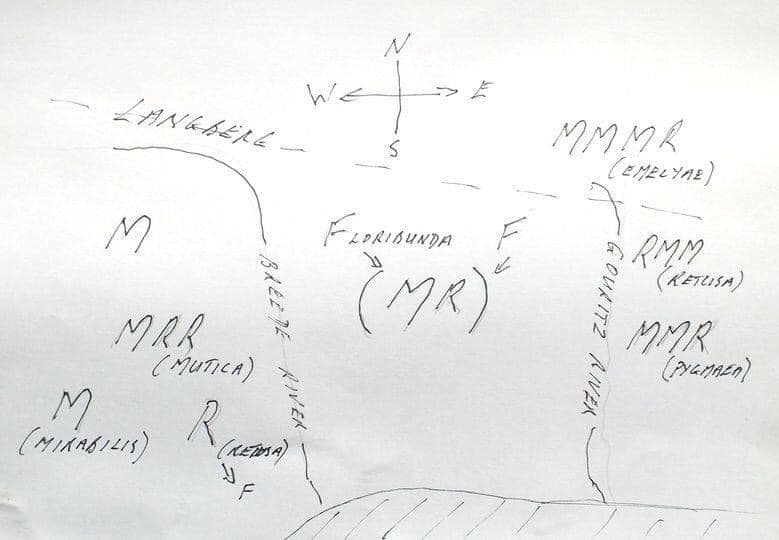
Here is a map to show the phytogeographic regions of the South African southwest – the Fynbos area. The fact is that vegetation classification like this is no easier or better than plant classification. It is full or errors and omissions. I wish I had the time, the skills, the knowledge to produce an accurate map of the distribution of the aloid species as an overlay. The map here used in a book on the Cape bulbs, comes from a book for the Fynbos as a whole. The discussion reads that these areas are primarily determined by rainfall but it sure is more complicated than that. The areas demarcated all lie within a greater area that is actually a winter rainfall one. Temperatures are never truly continental, nights are generally mild and actually there seem to be two main non-growing times viz July/August when its cold, and then Jan/Feb when it is hot and dry. What I do know is that the Haworthia genera and species can be mapped and understood in exactly this way. Nature has not just haphazardly sprinkled stuff about and had a randomly orchestrated ball.
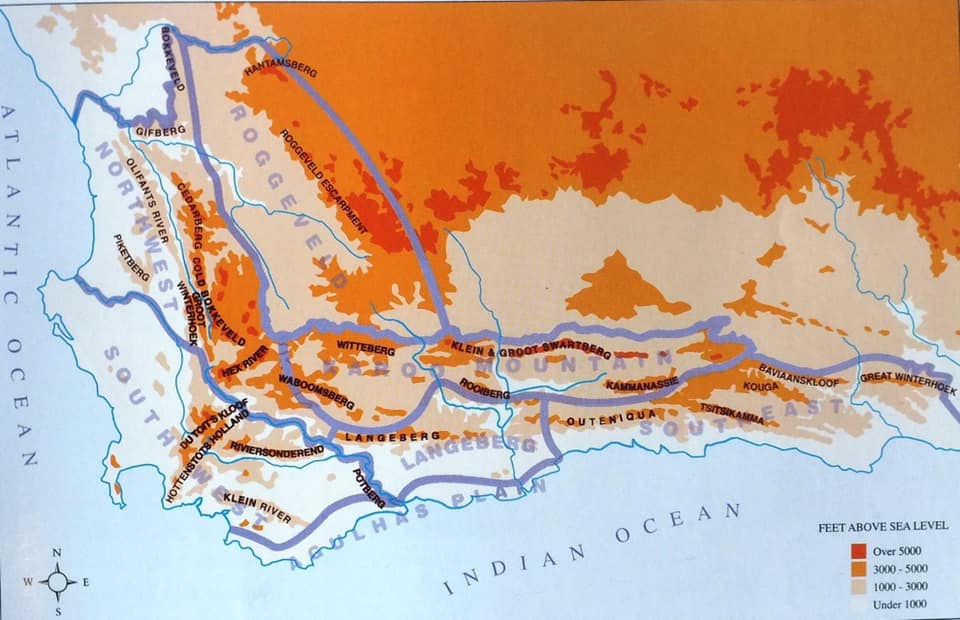
From my point of view, you need to understand that retusa is not a separate unit. It is part of this one system = one species, Look at my coloured map and ask what names go to what colours? In fact the colours merge into each other and it is difficult to say where a name stops and starts. Again it is a problem that you might not have been able to see much of the literature where this is explained. It was about 1972 I discussed the sequence of populations from N Heidelberg from the sandstone mountains (turgida caespitosa) all the way to the sea then east and up to Riversdale where it was retusa. Atrofusca is not a separate unit but you can use atrofuscoid because there are populations you can characterise as atrofusca. You cannot do that for magnifica for example. ?? It is not funny to see what the relationship is between atrofusca and floribunda that I have also described in the literature. ??
MBB7998 – Even if this IS a species, how do you collate all this variation into a single meaningful, usable species description and which plant do you select as a “type”. G.G. Smith fell at this hurdle long before (fortunately he had finished his manuscript) Except some never learned nothing and continued in the same vein – taking one plant to cook up a description?
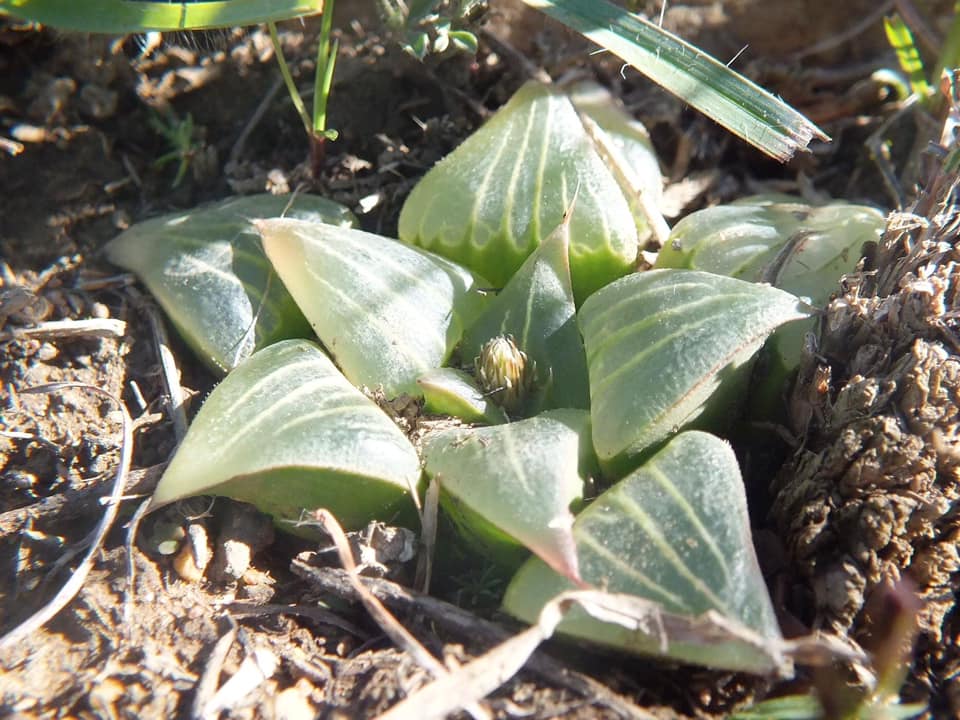
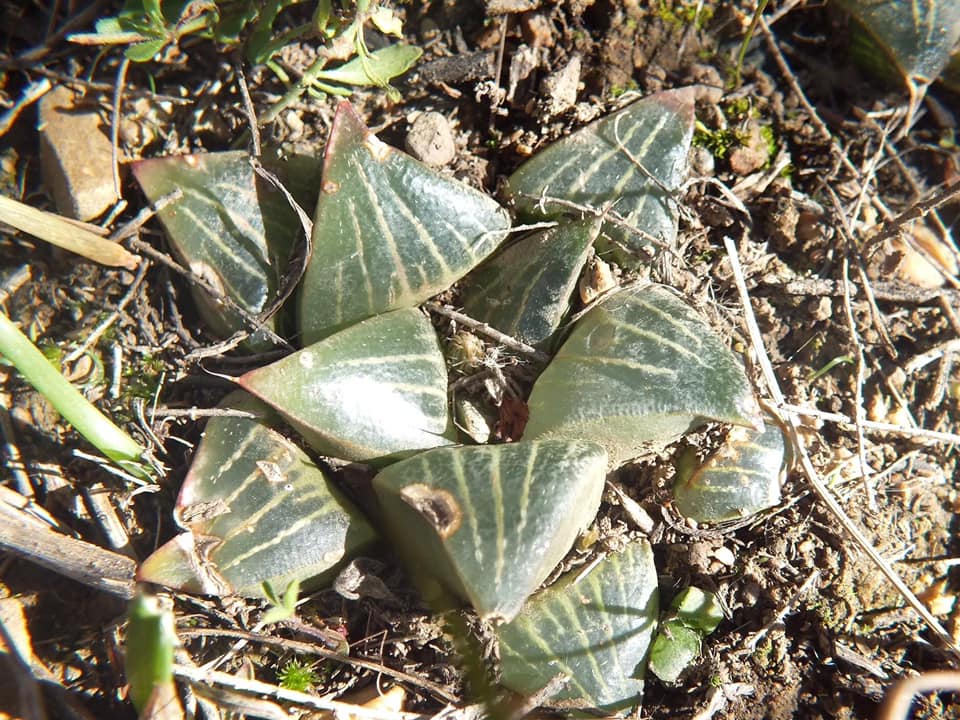


MBB7999 Kruisriver. These plants all fall on an interface of turgida and mirabilis.
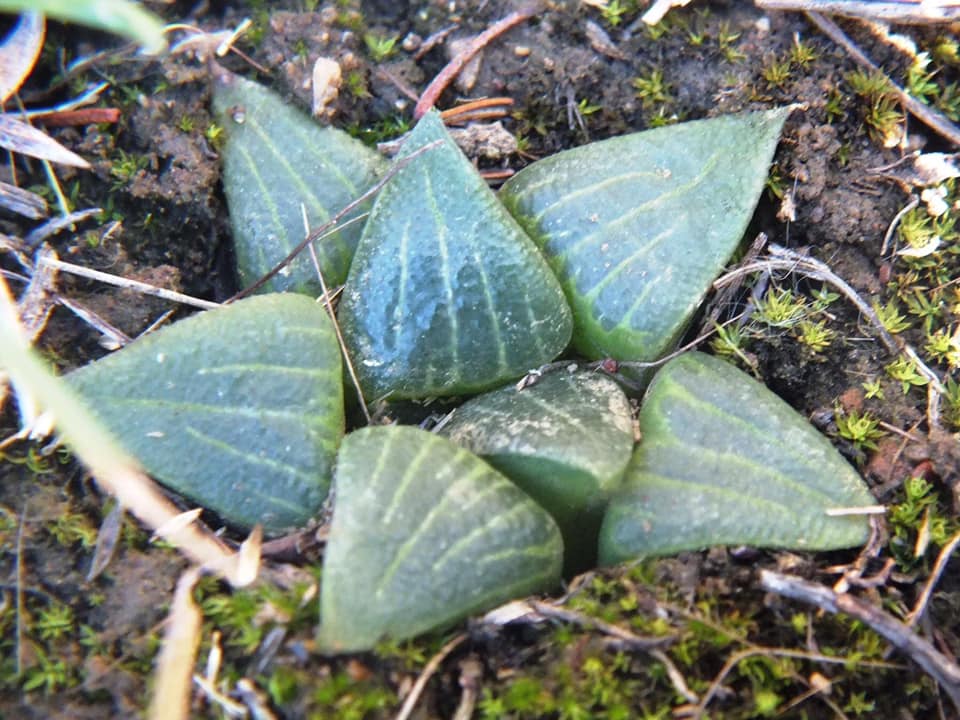
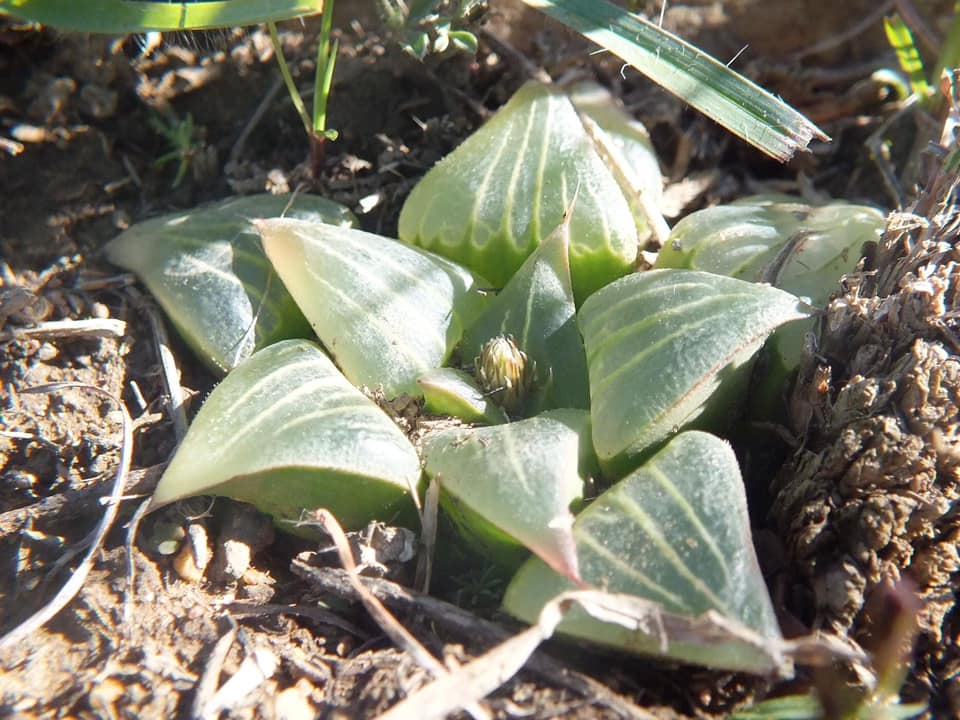
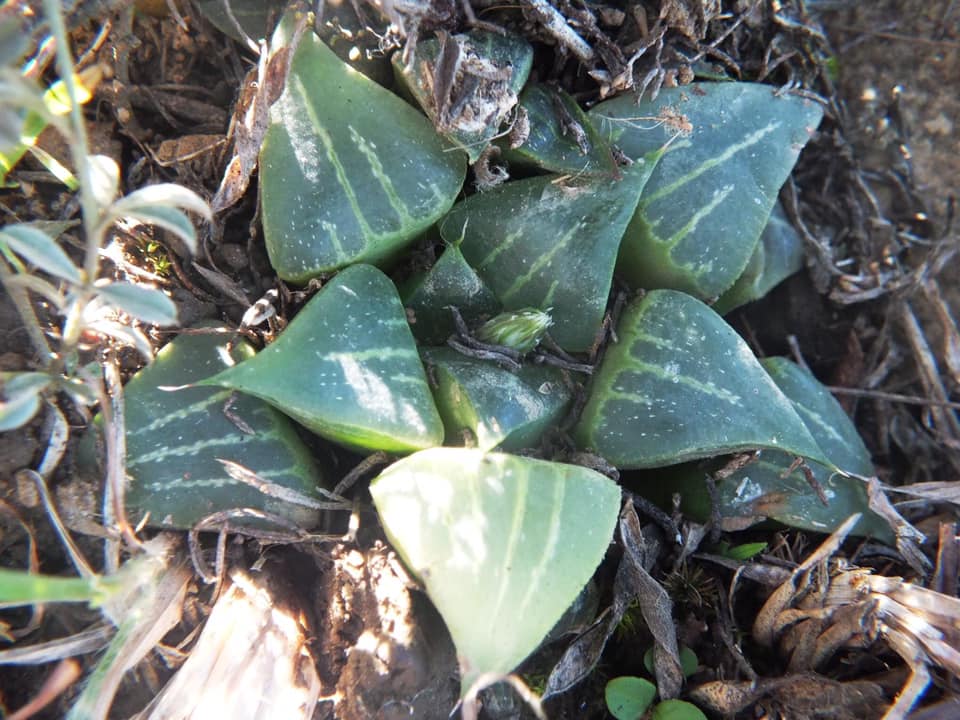
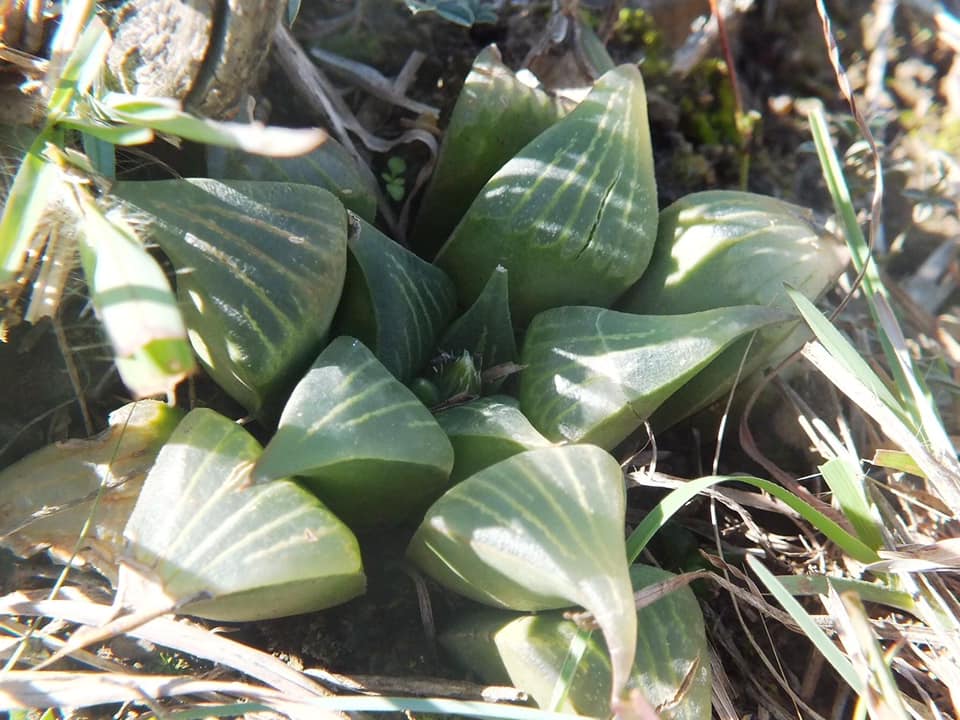
MBB8000 Kruisriver. I am sure this is formally named somewhere. If these guys are honest it is several times. Fabulous place and people. To our amazement they had a pet chameleon and also a pal with a dozen pet tarantulas. Our one regret is having met so many great people who were so friendly and hospitable that it was awful to experience this as a kind of one-off and never see them again!
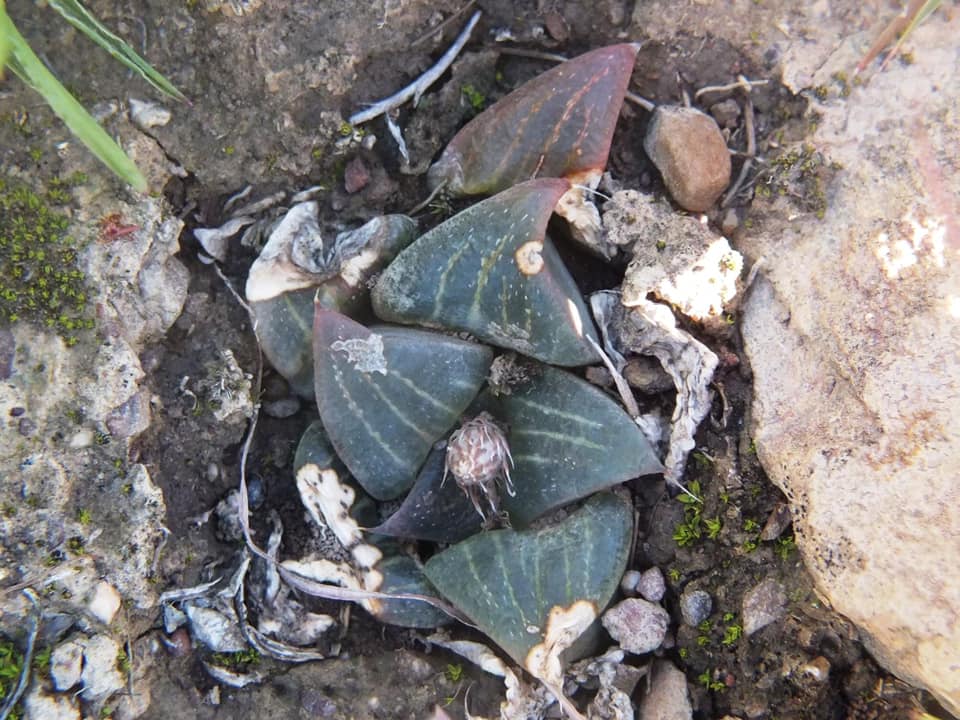
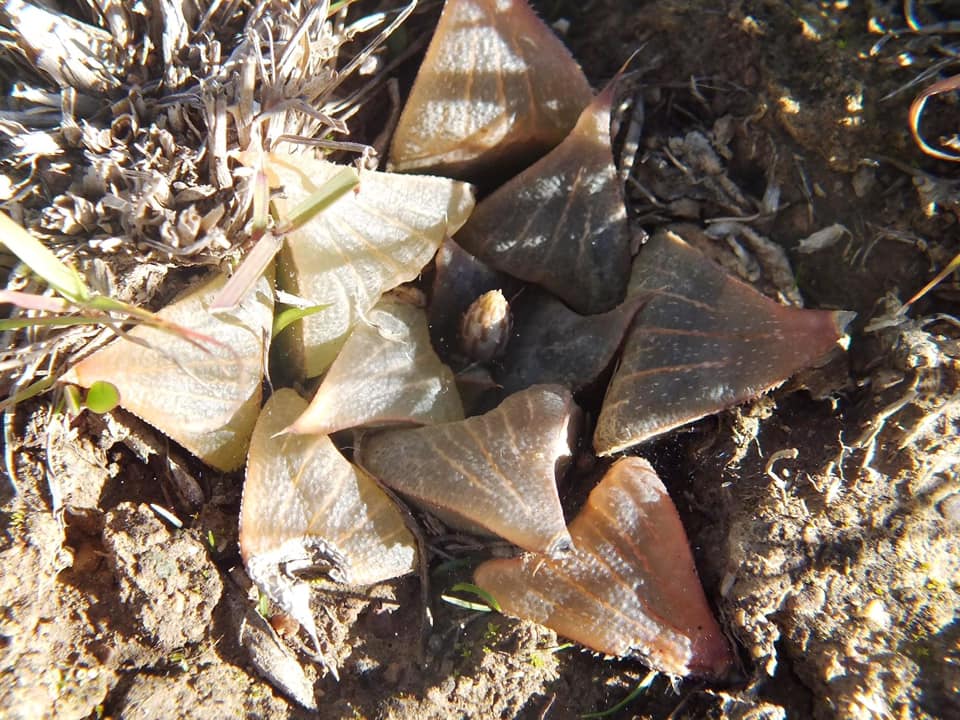
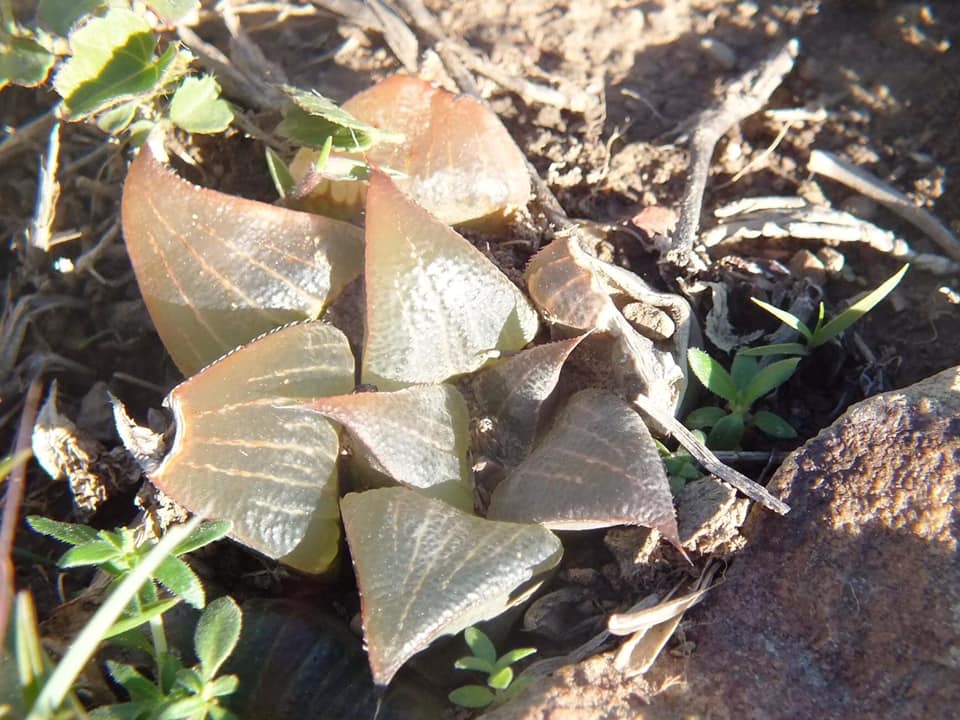
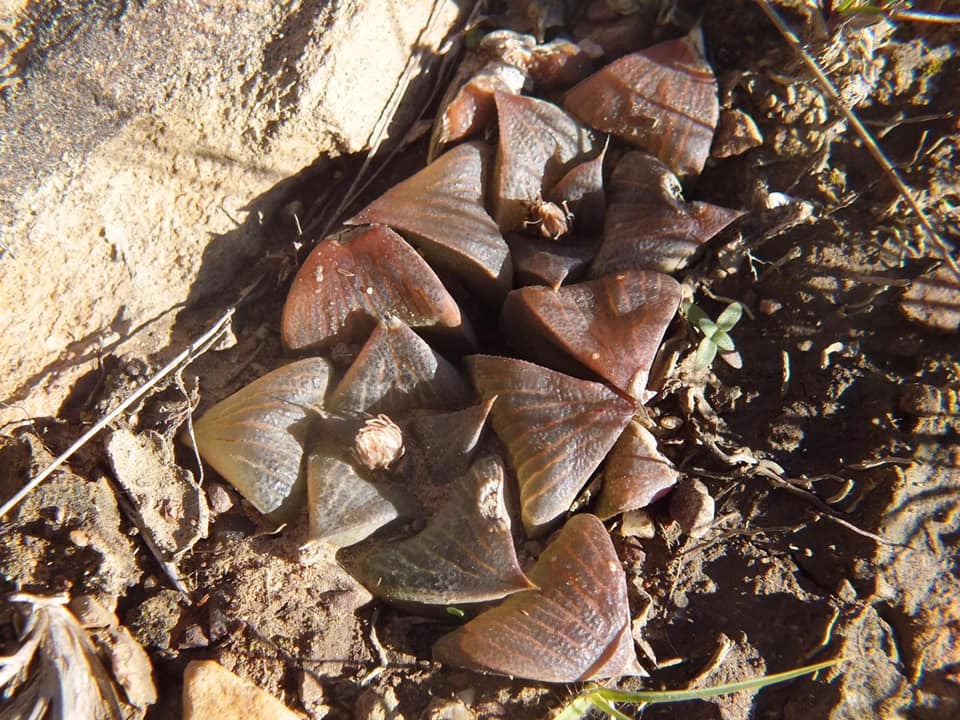
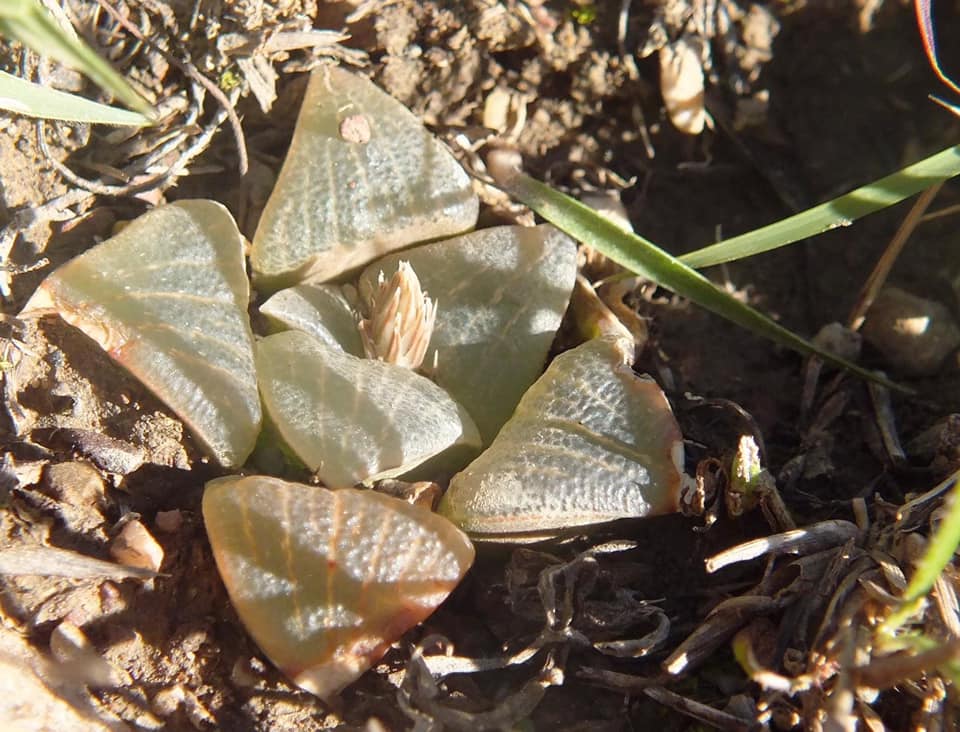
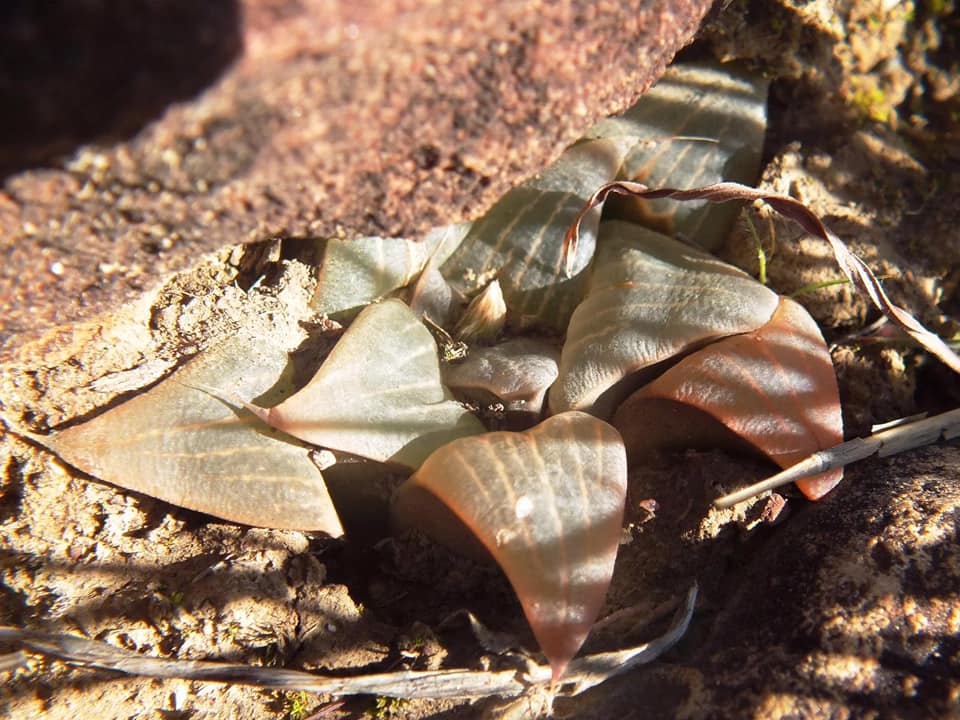


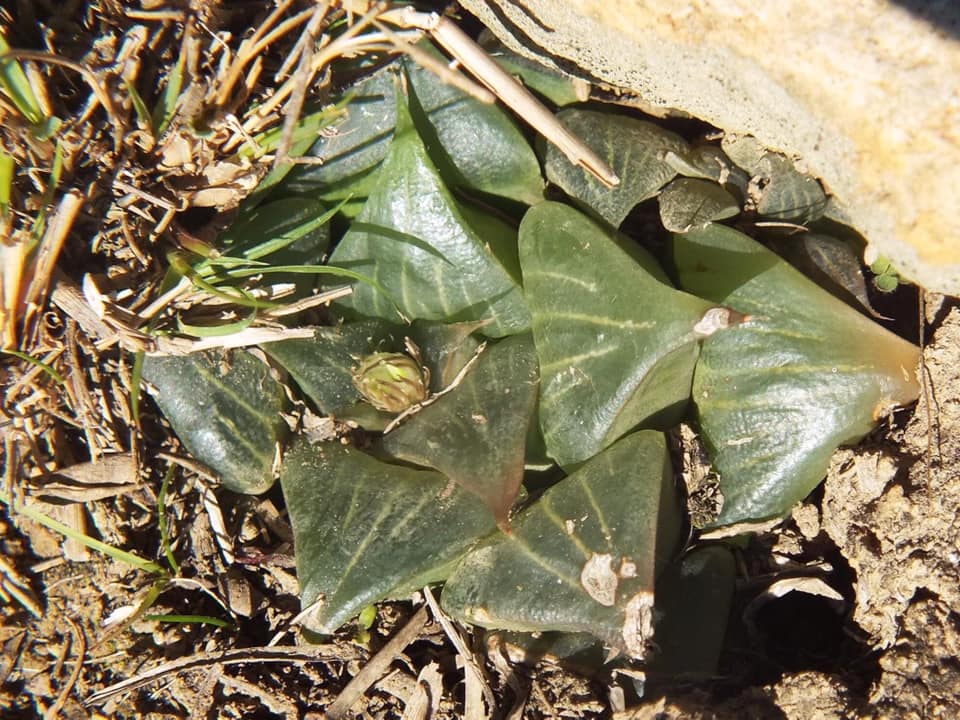
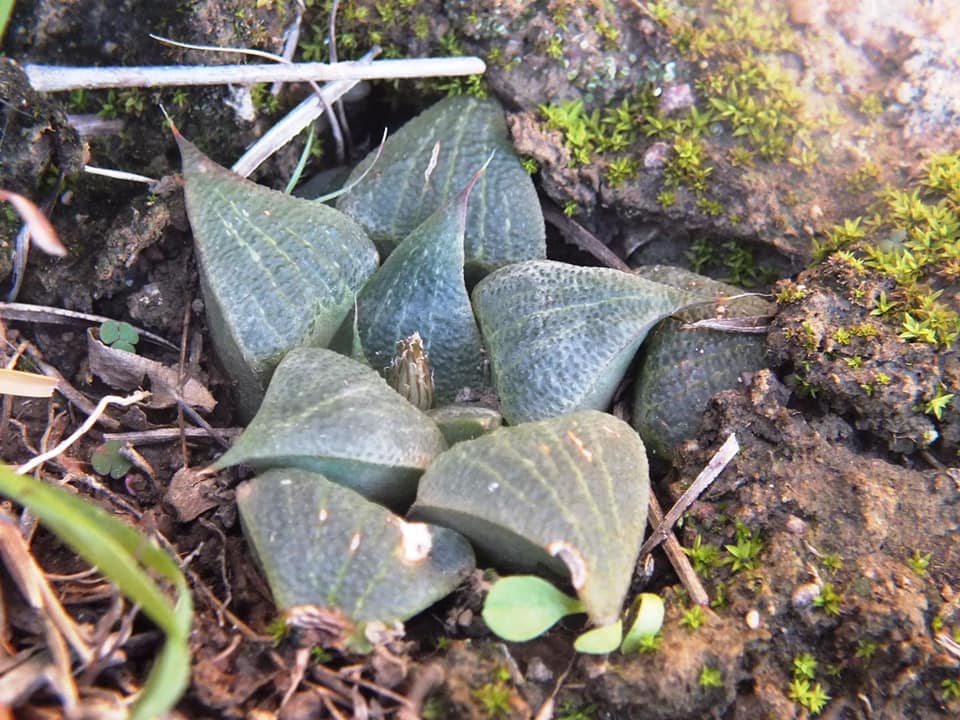

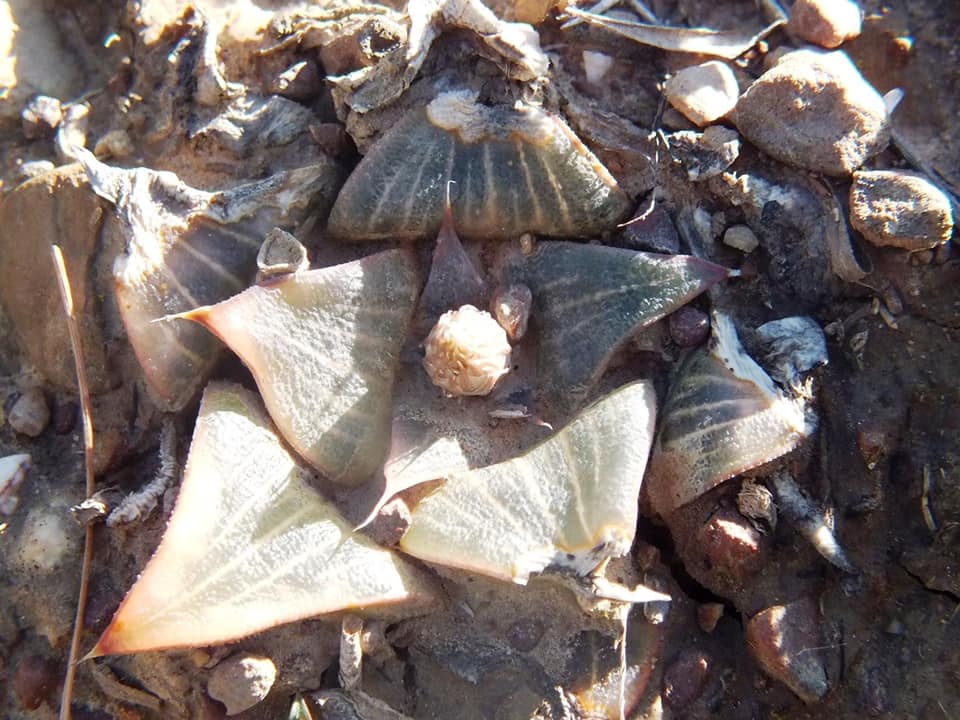
Goodness me a floodgate of thoughts and a spider waiting to catch me in its web ?? This is turgida ‘pallidifolia’ growing nearly cheek by jowl, with dekenahii (var. of retusa or pygmaea?). The classic cliff face/flat terrain situation that marks the difference between the generally clump-forming turgida and the solitary flatter withdrawn retusa? But this is not the only place. Throughout the Southern Cape we have these juxtapositions of M R and T. Old methods have not solved these problems and old ideas will not either. If critics or doubters would please just kindly and coolly, look in an unprejudiced or jaundiced way at the published information. I have tracked all of mirabilis in a really large scale operations like at Kruisriver, Komserante, Kewietsvlakte, Vermaaklikheid, Potberg, Malagas, Haarwegskloof, Napier, VanReenens Crest etc. (North of this locality by about 1km used to be another turgida population on a cliff face was that more retusoid than this one).
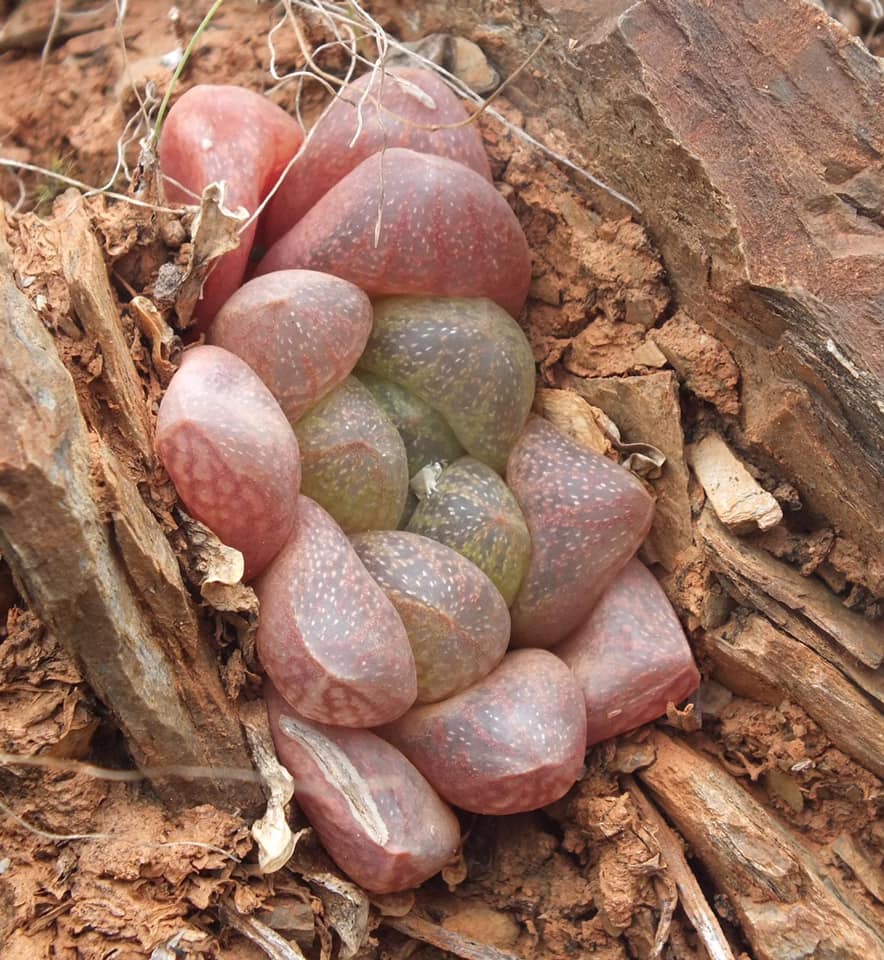

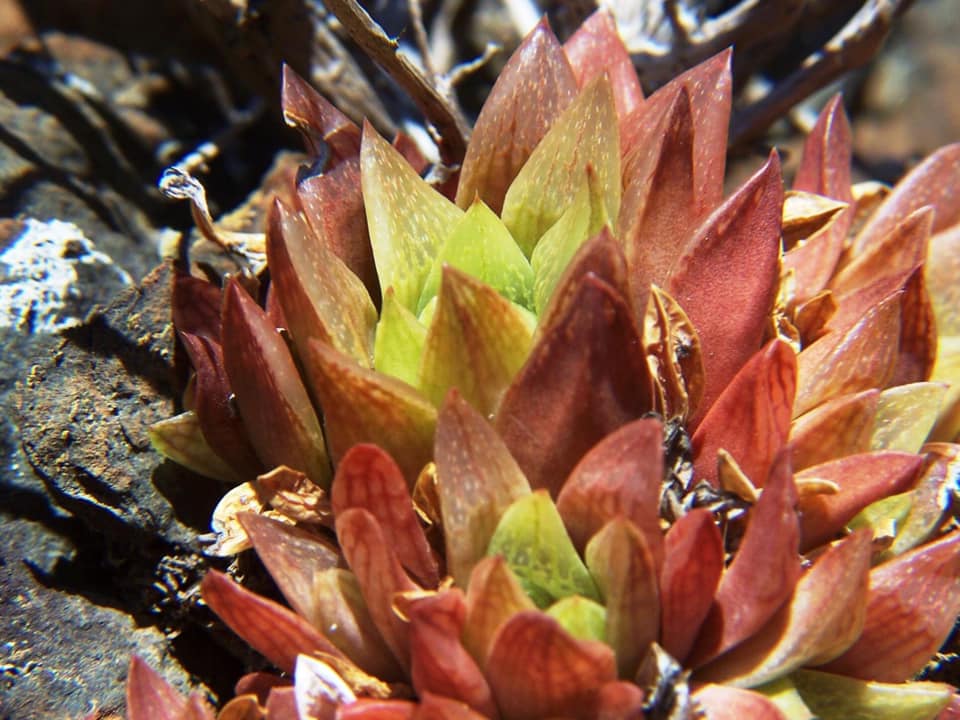

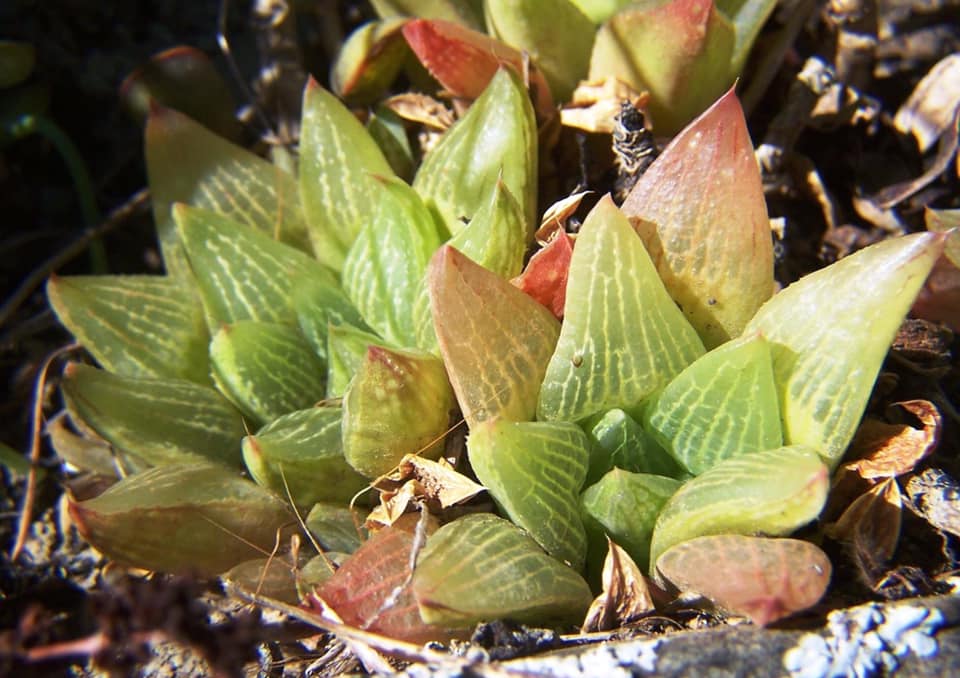
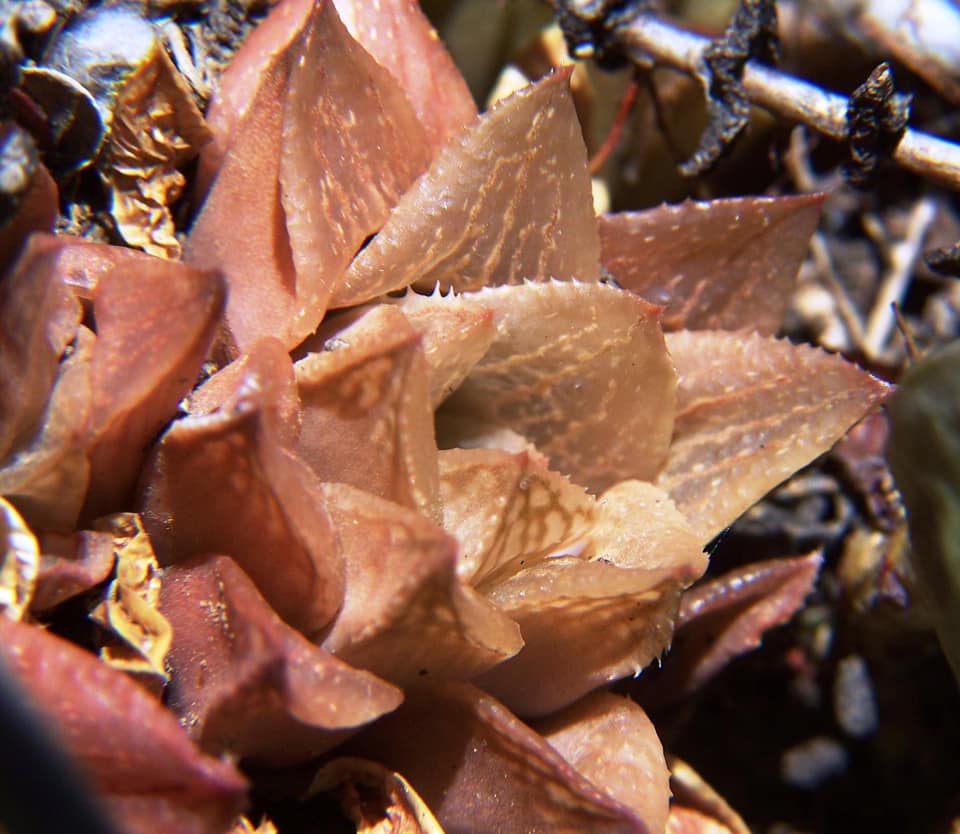
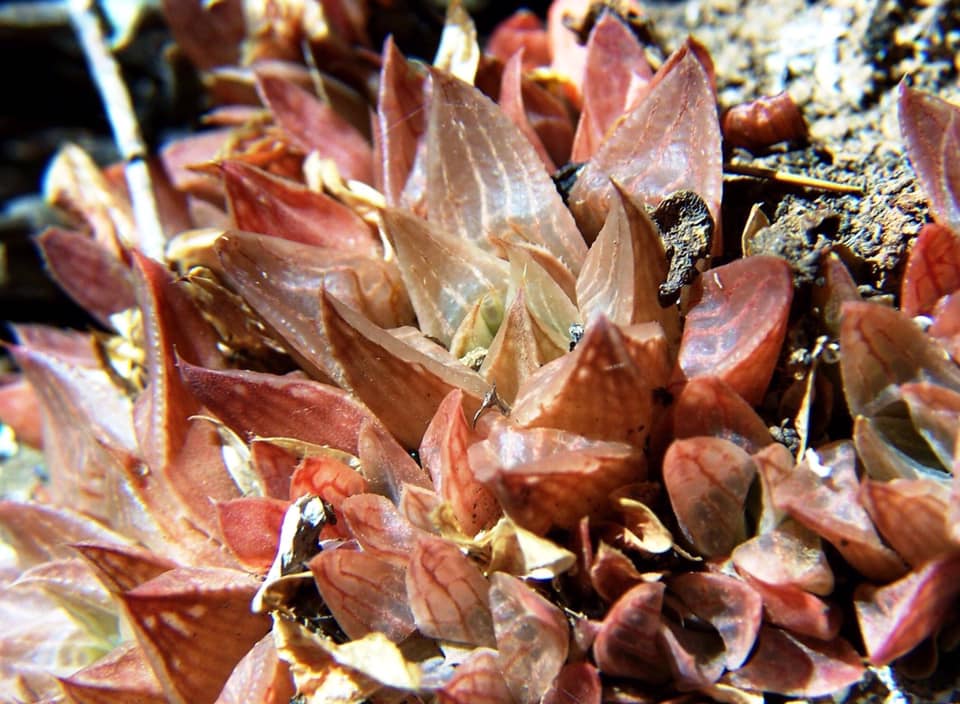
I would so love to post each population in the spider web map of relationships. It would take months/years at a population/day. My good friends fellow Haworthia name appliers and commercial outlets hate me for this. You need to know that Daphne, Kobus and I explored the greater area thoroughly and found about 15 populations or more. Only in one other location did we find two species and they were also contiguous but floribunda and retusa – also a cross season hybrid observed. How other Haworthia pundits evade these realities and the classification issues would need Einstein or Heisenberg or Jung or Kinsey to explain. Note Kinsey was a famous psychologist of a more recent era.
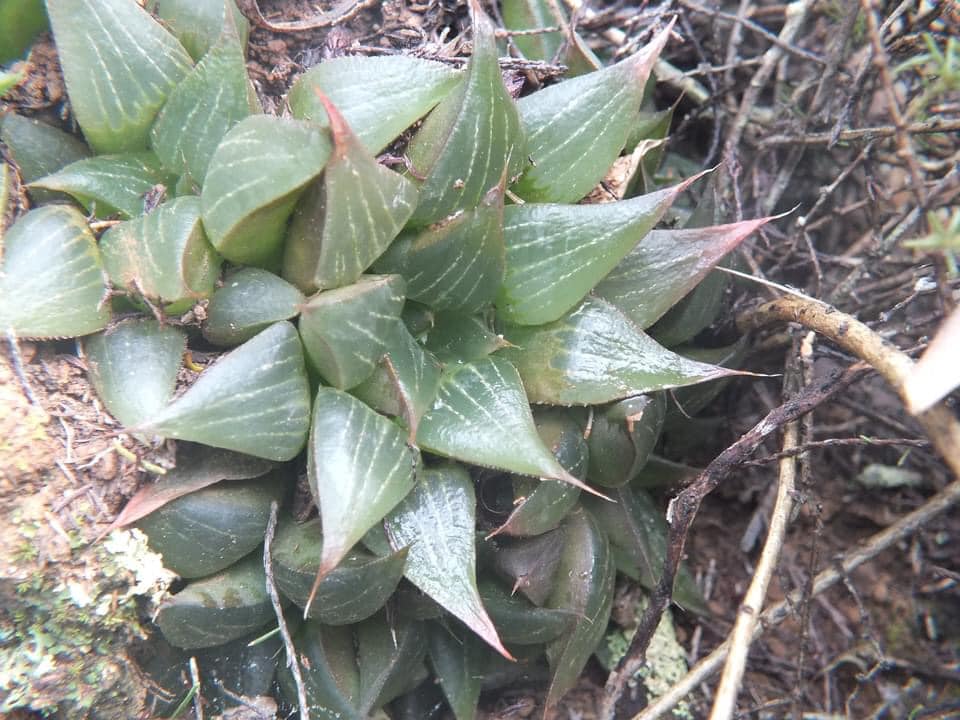
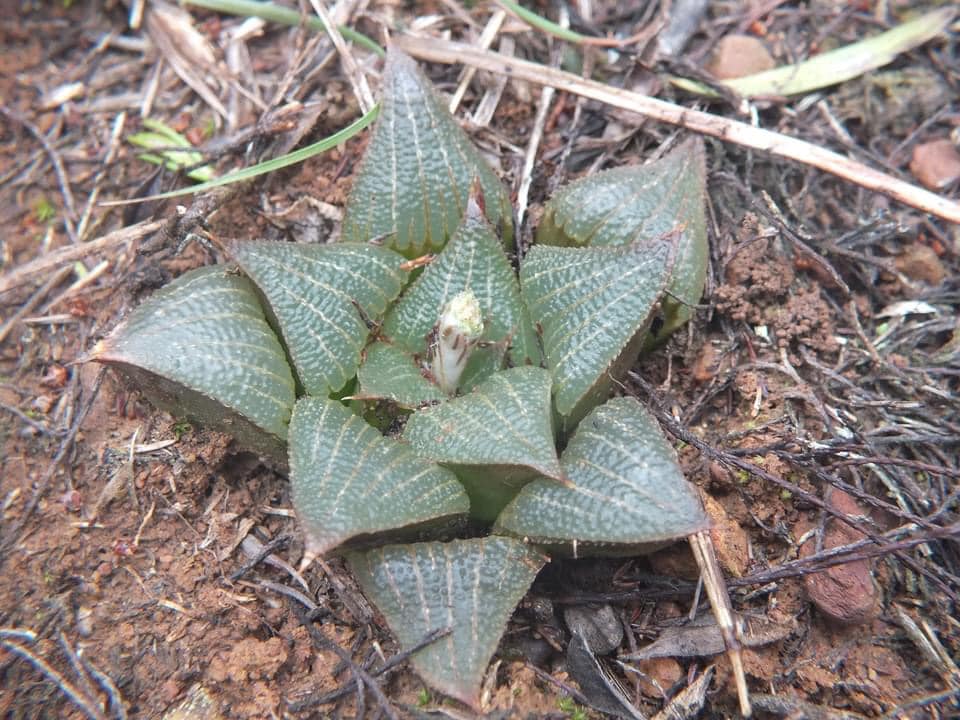
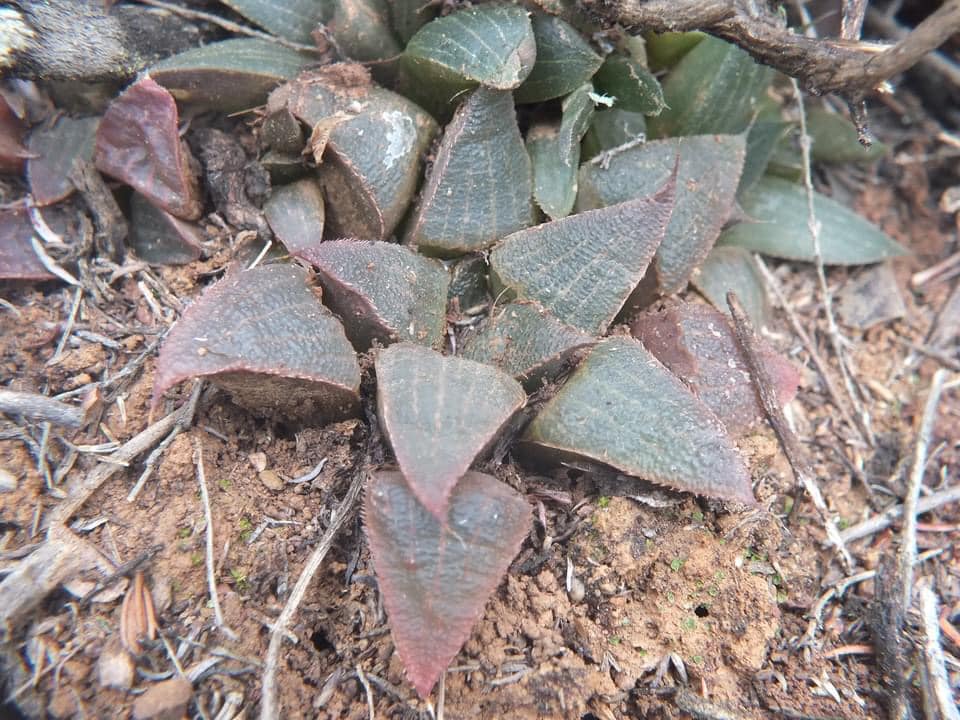
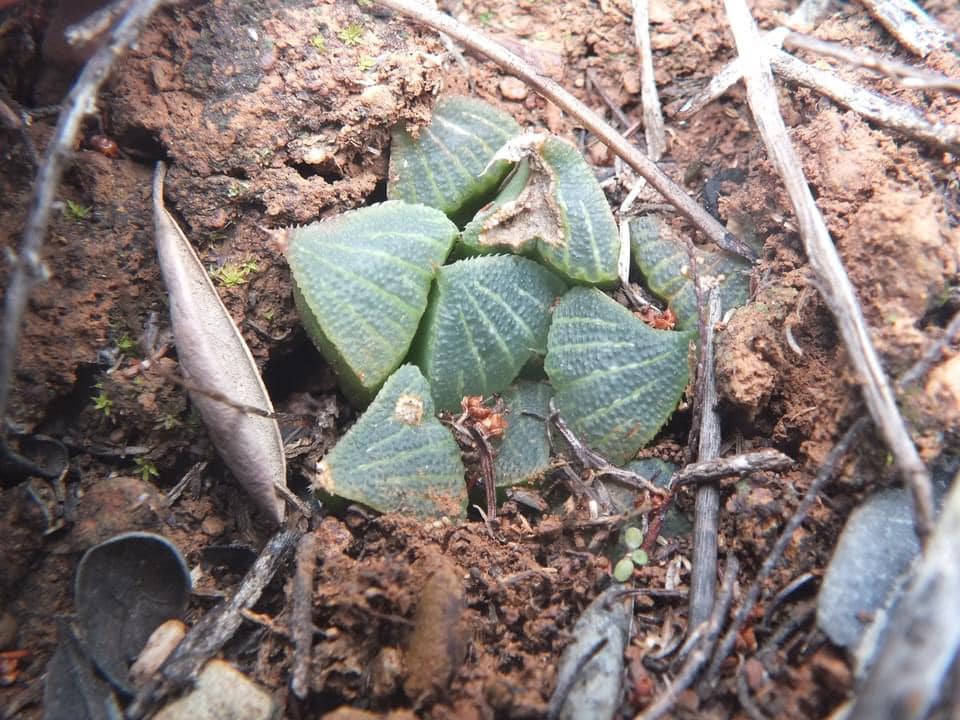
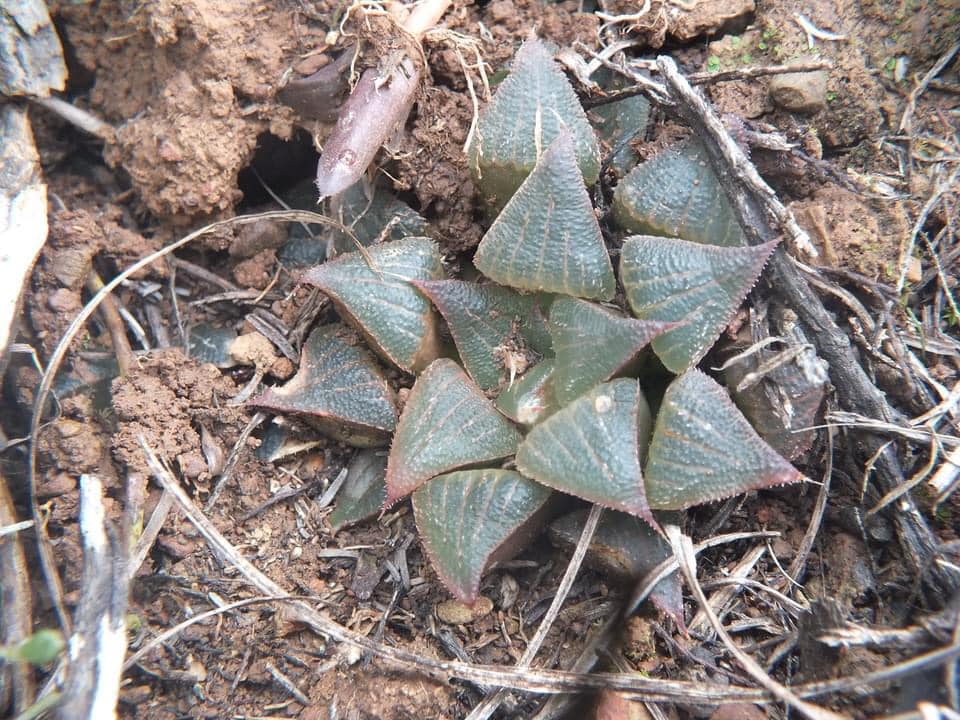
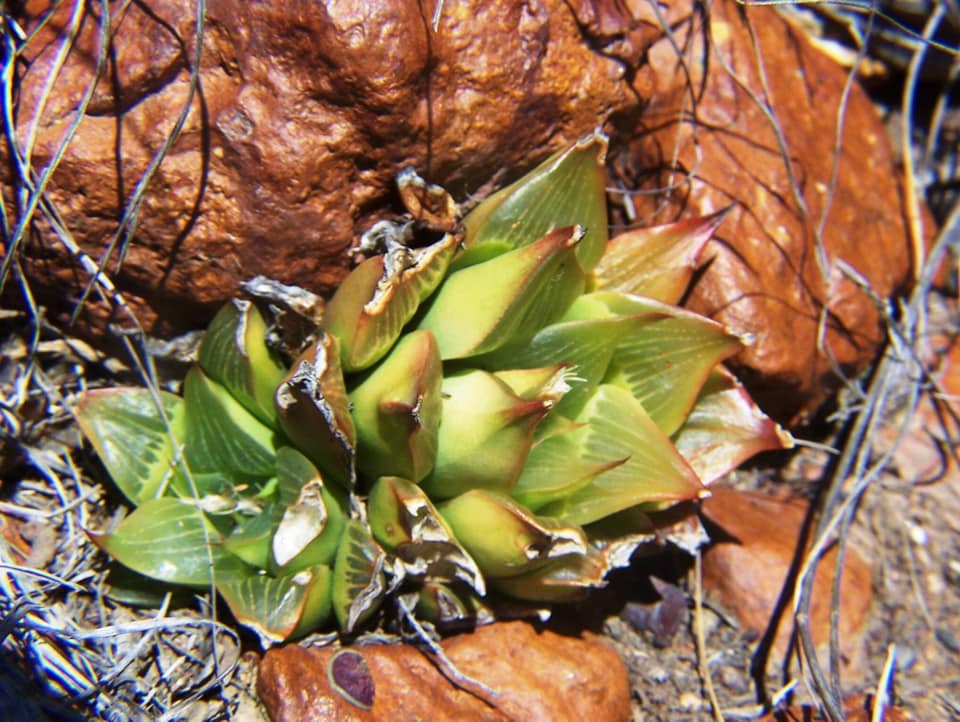
MBB8003 from the area NE Riversdale as circled on map. Yes you guessed right. I did not know whether to file these as H. retusa or H. mirabilis because it is in a dramatic series that forms a continuum turgida ‘caespitosa’ (=mirabilis) to a more mirabiloid thing.



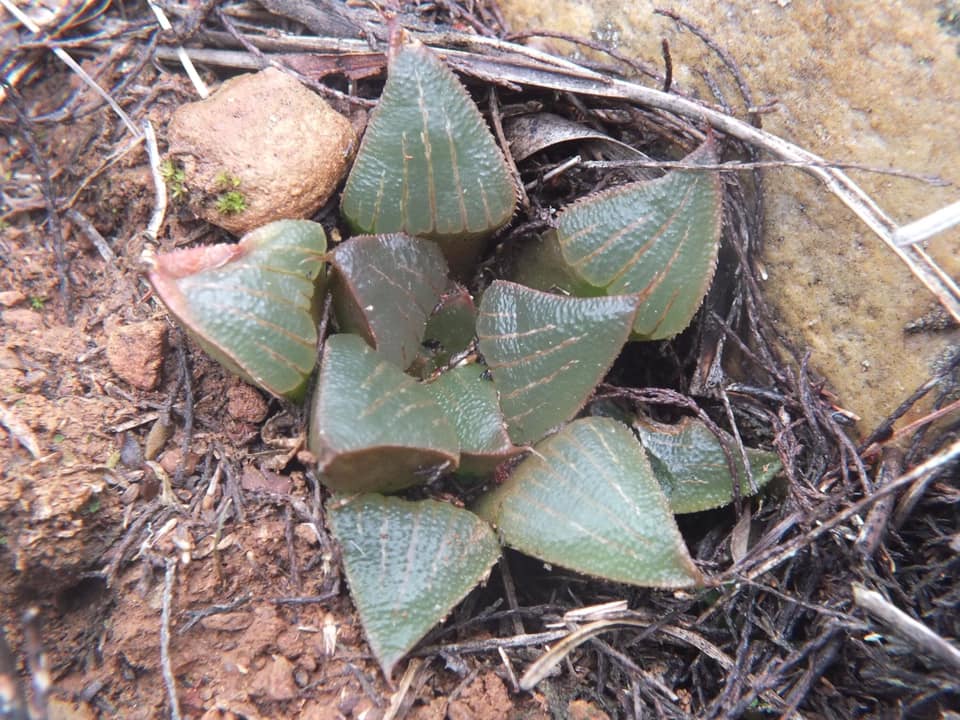
Yes you guessed right, again. I did not know whether to file these as H. retusa or H. mirabilis. Why for example is H. vernalis seen as a more useful name than H. turgida ‘vernalis’ or H. retusa ‘vernalis’ (to observe rules priority). It is because it is more profitable I guess.

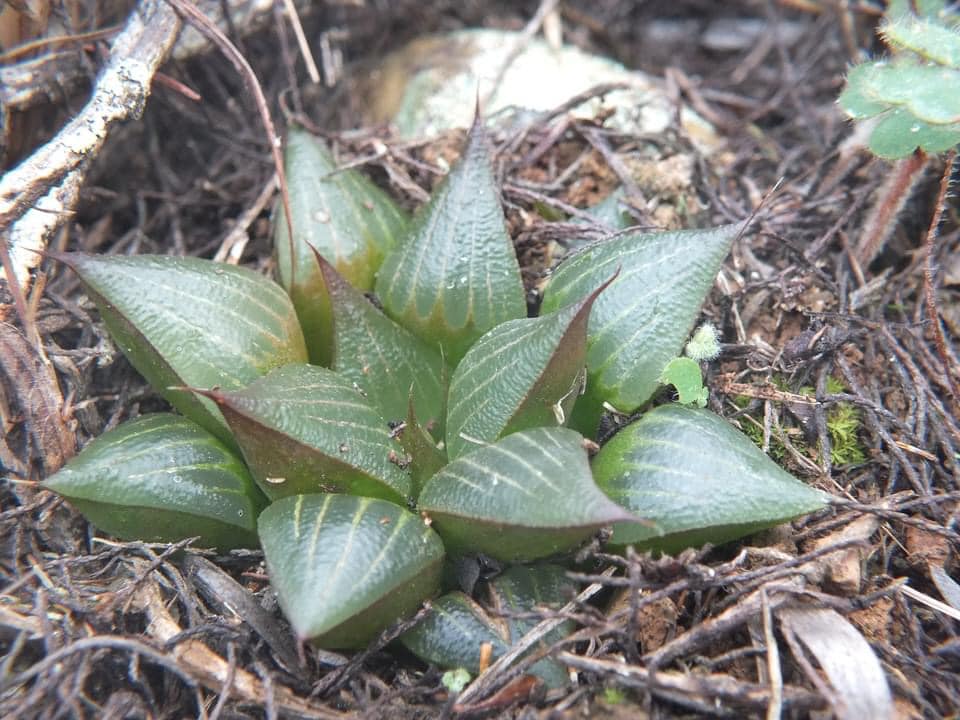

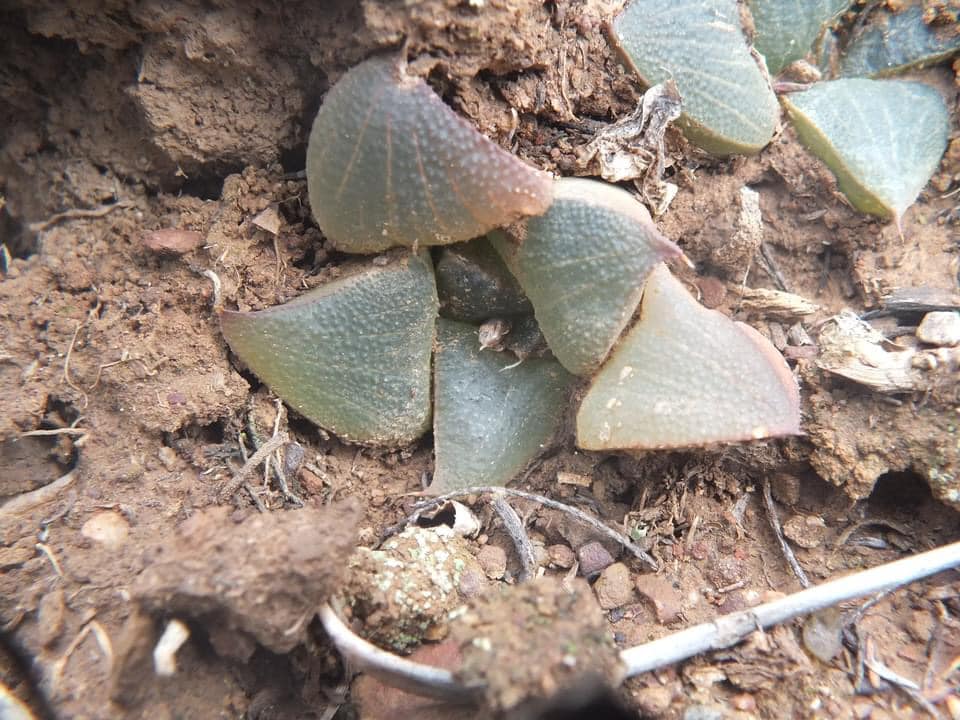
H. retusa and H. mirabilis are a dramatic series that form a continuum of turgida ‘caespitosa’ (=mirabilis) to a more mirabiloid thing.
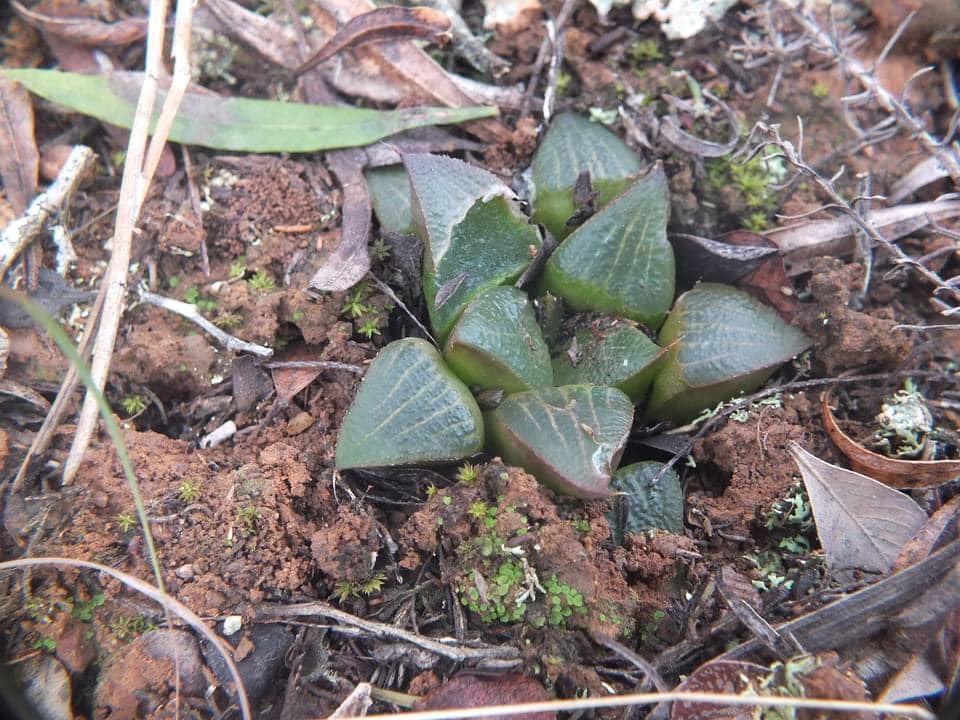

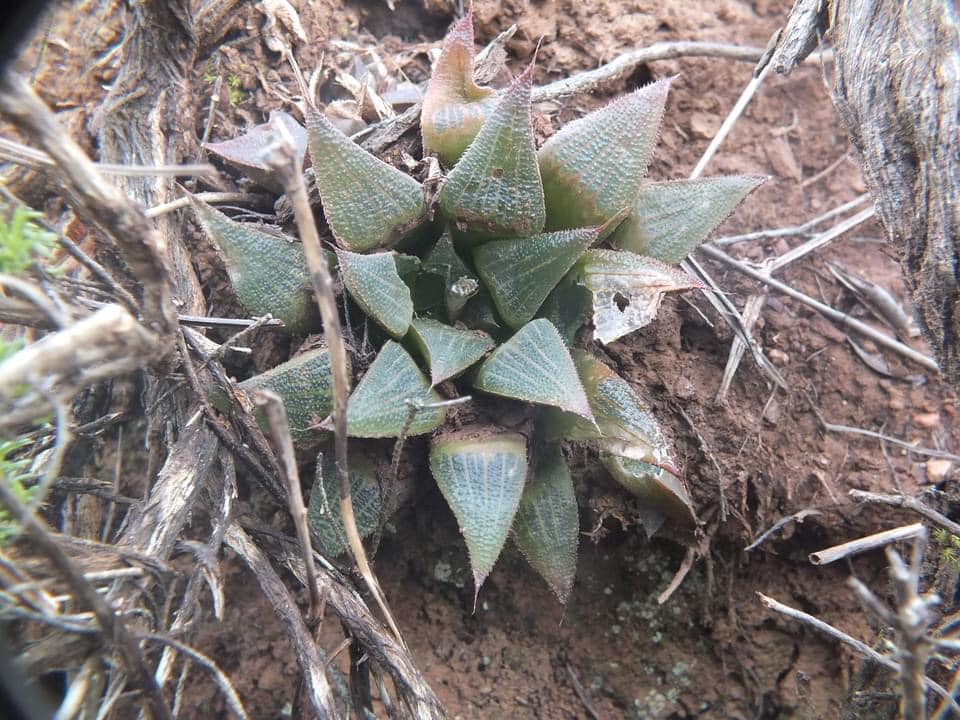

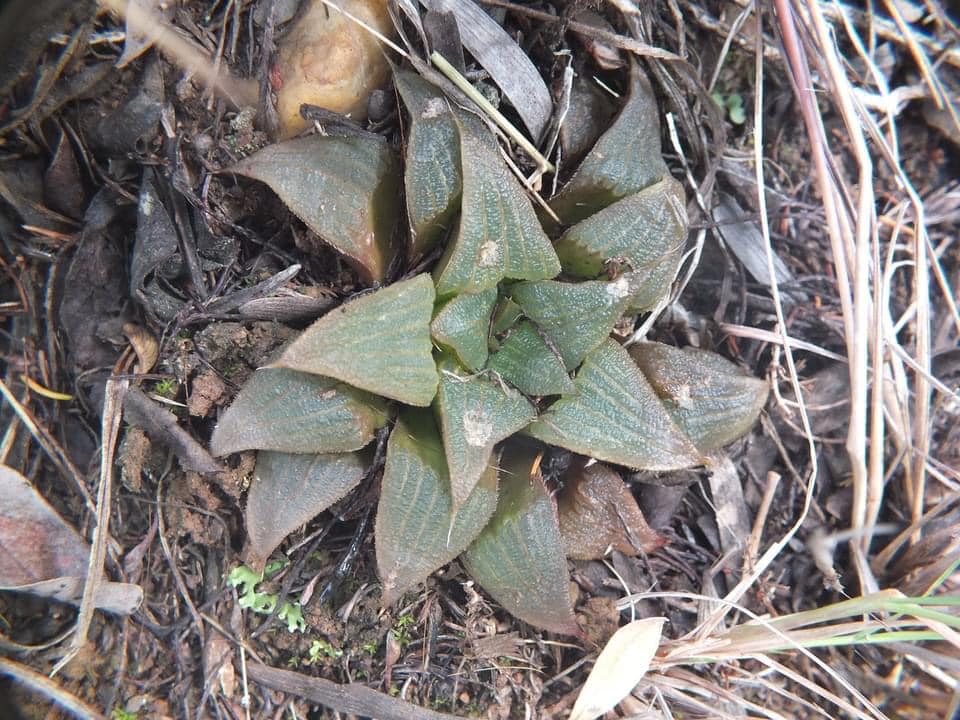
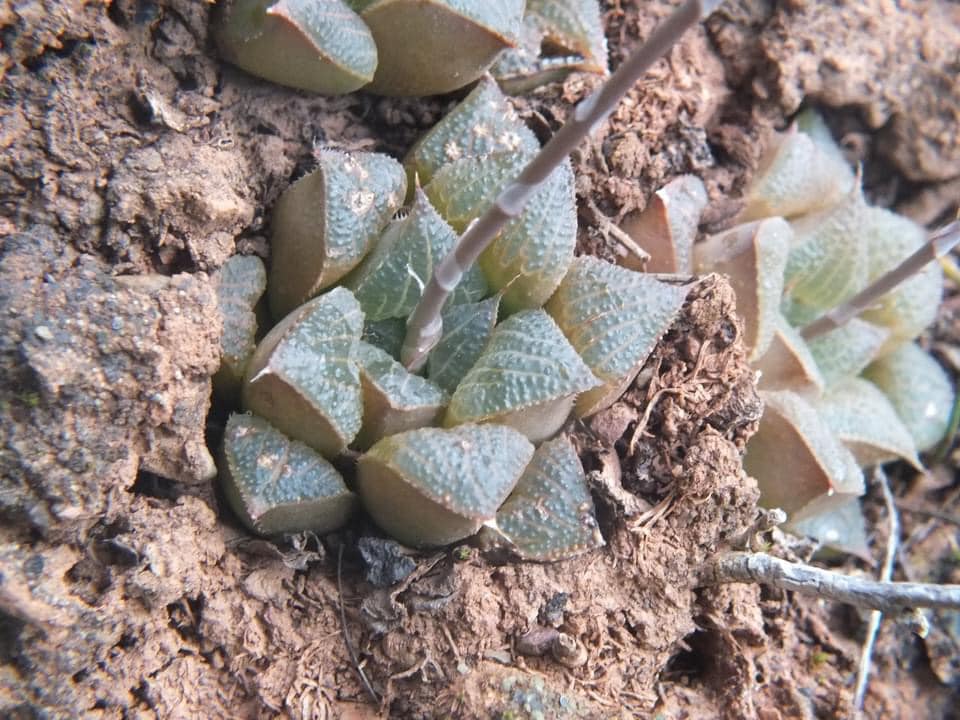
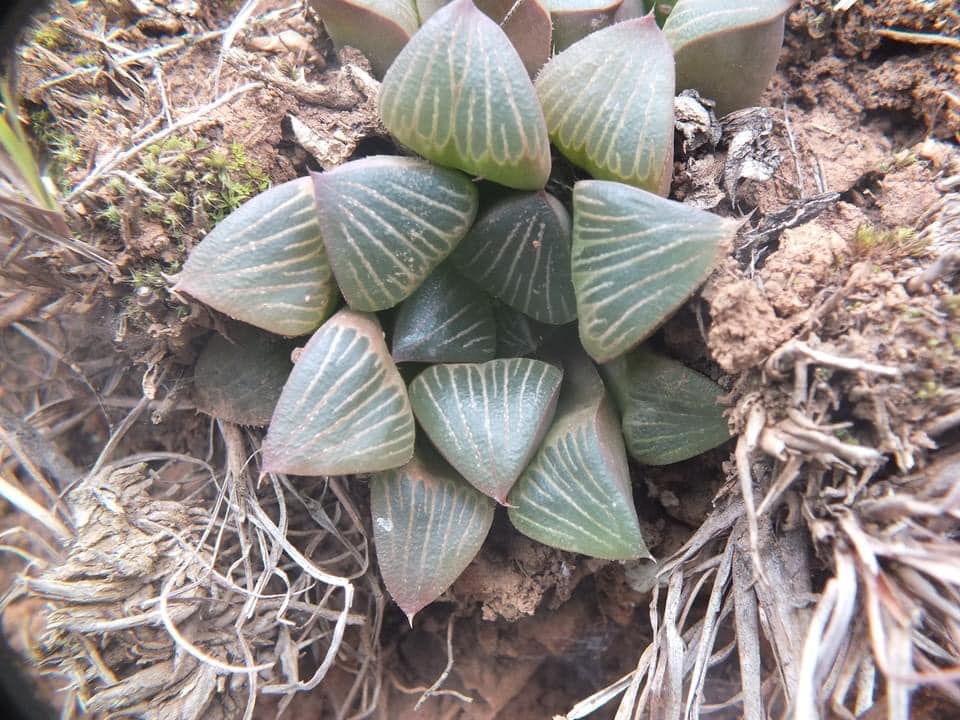
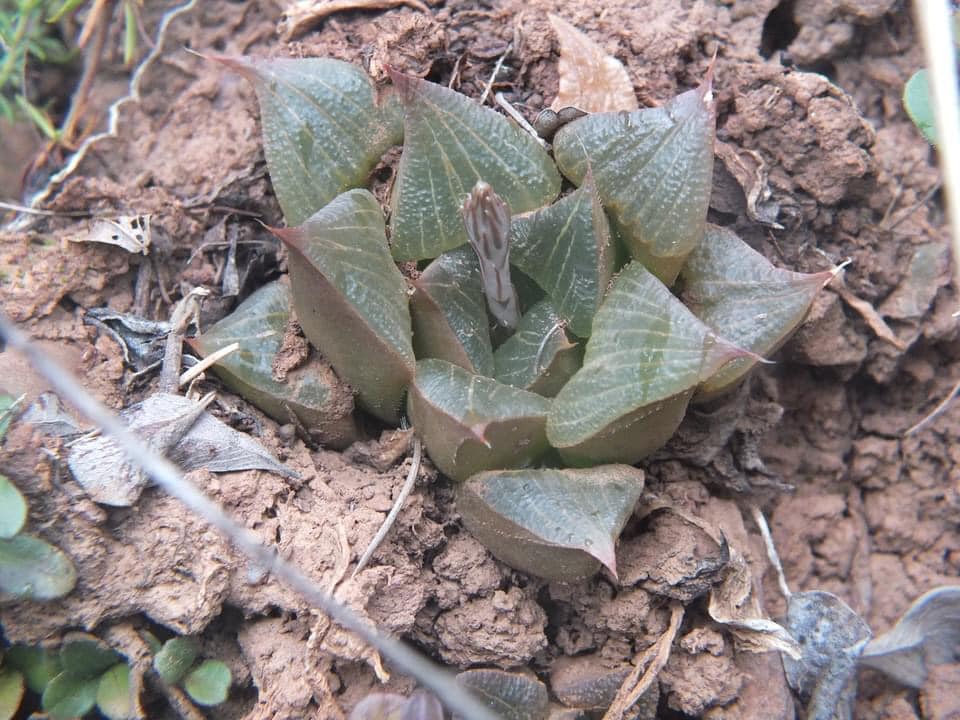
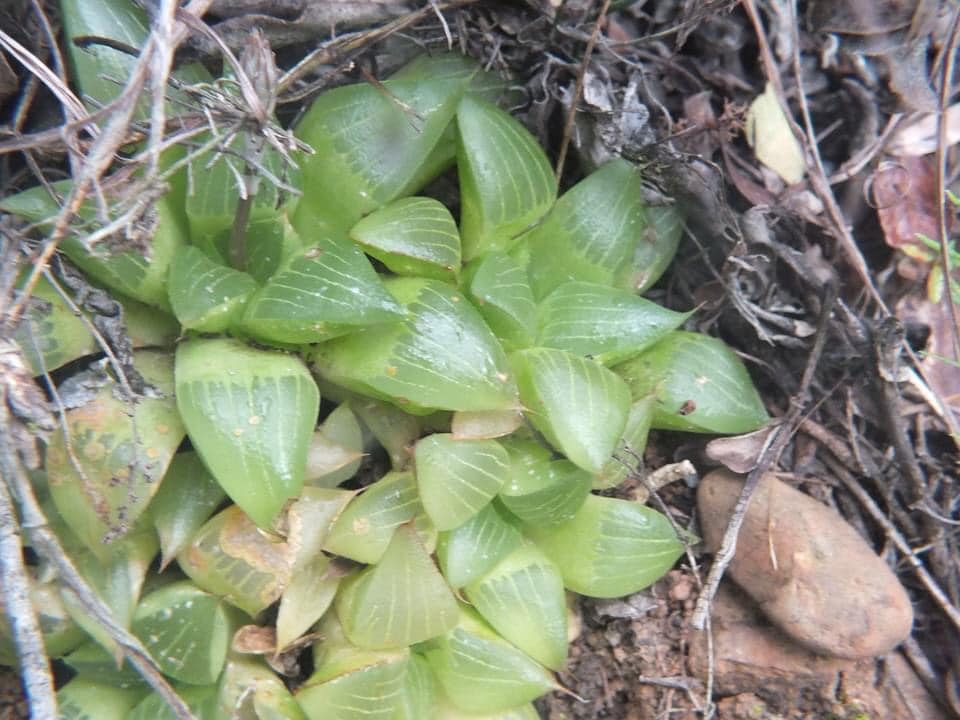
A real problem is that people just can’t keep up. Sometimes they form strong opinions but are unable it seems, to maintain a discussion or keep relevant. We have seen 8003 and 8005 and now 8004. still in that small circled area NW Riversdale I refer to as Kruisriver. I have these under retusa but would be equally happy with them in mirabilis and with the best of intention, very confounded if someone suggested some other name. Thank goodness for emojis where people read venom dripping fangs where there is simply a plea for common sense.
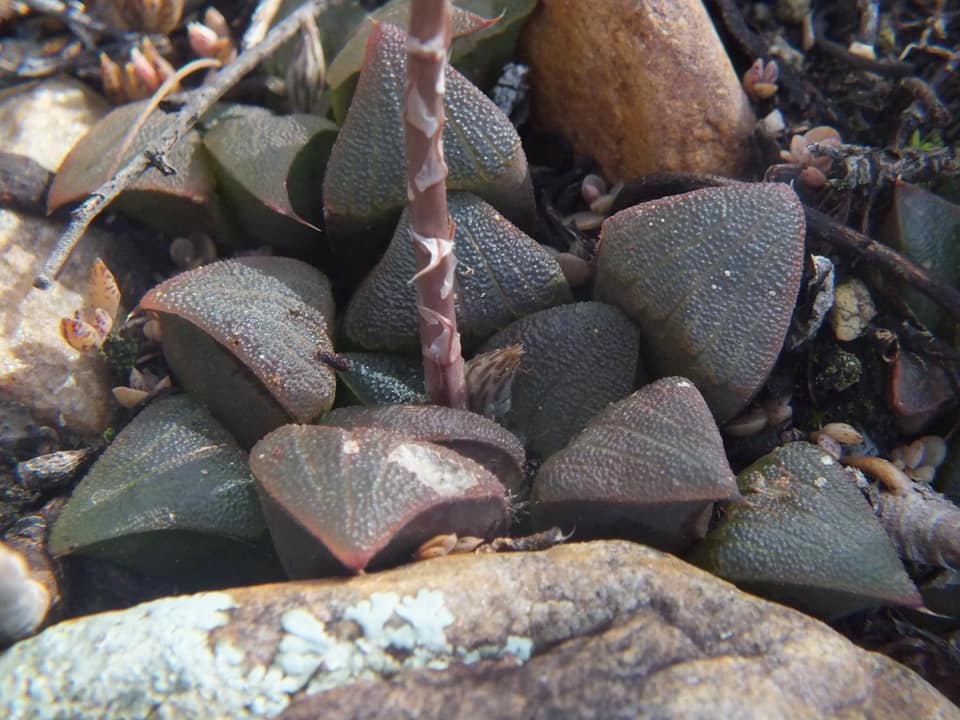

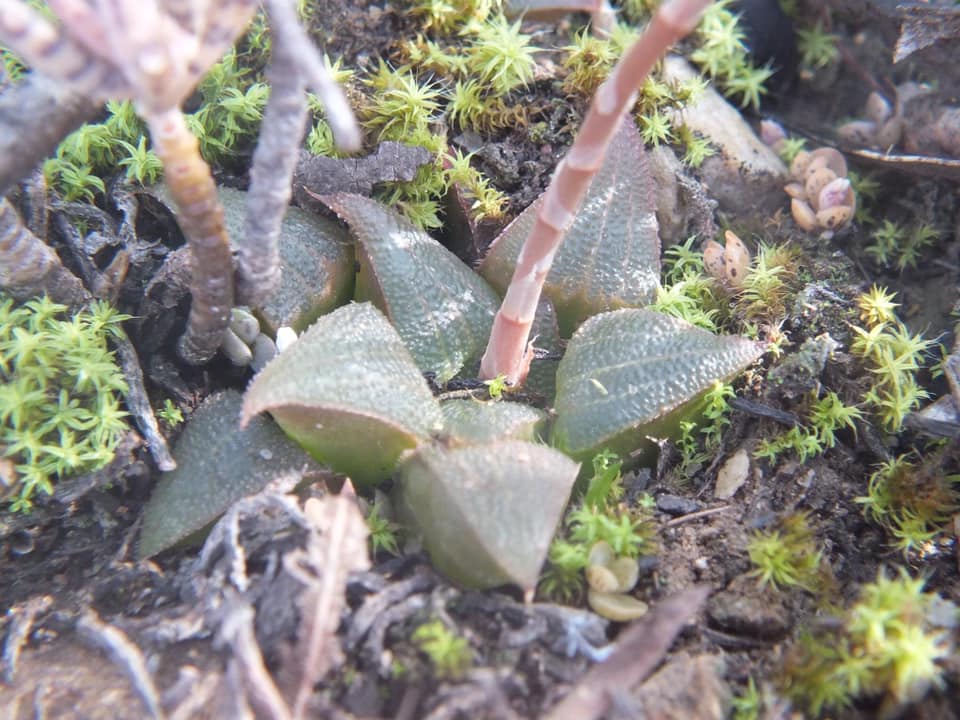
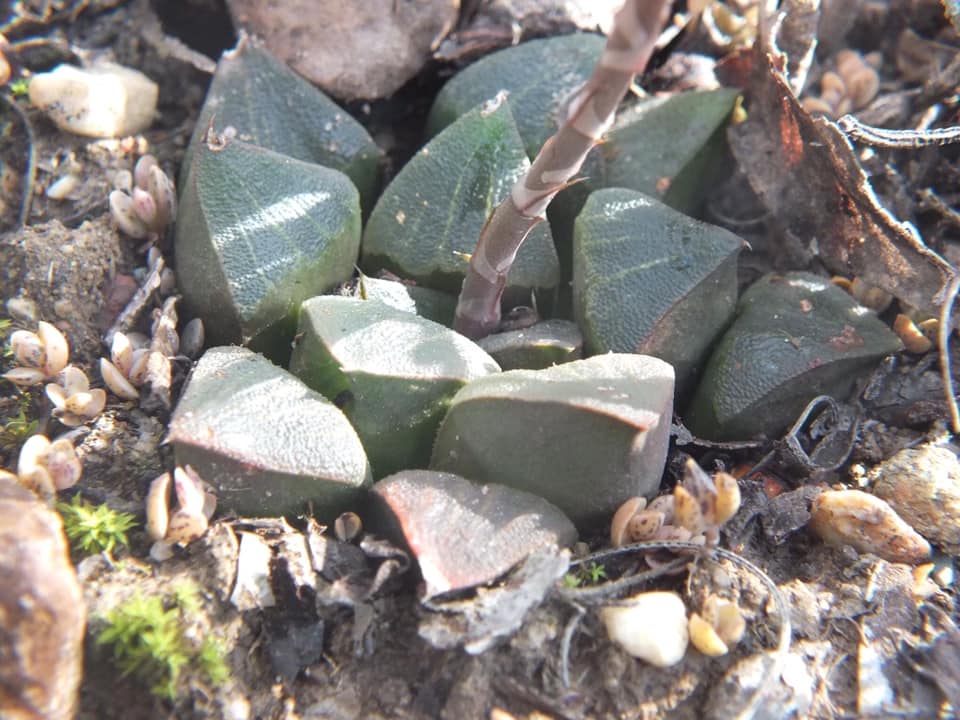
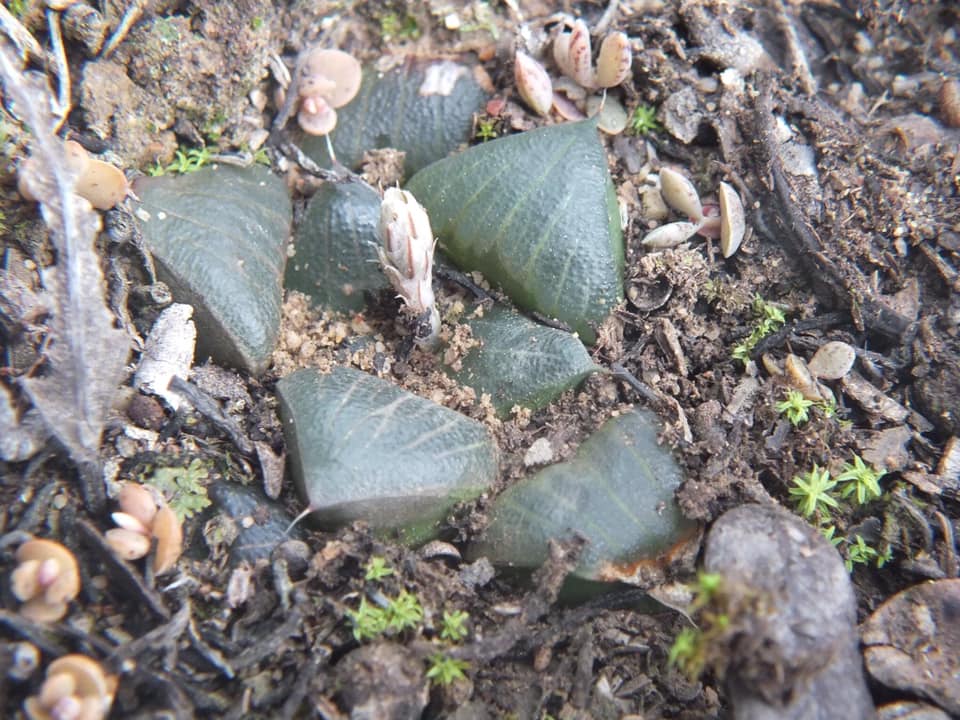
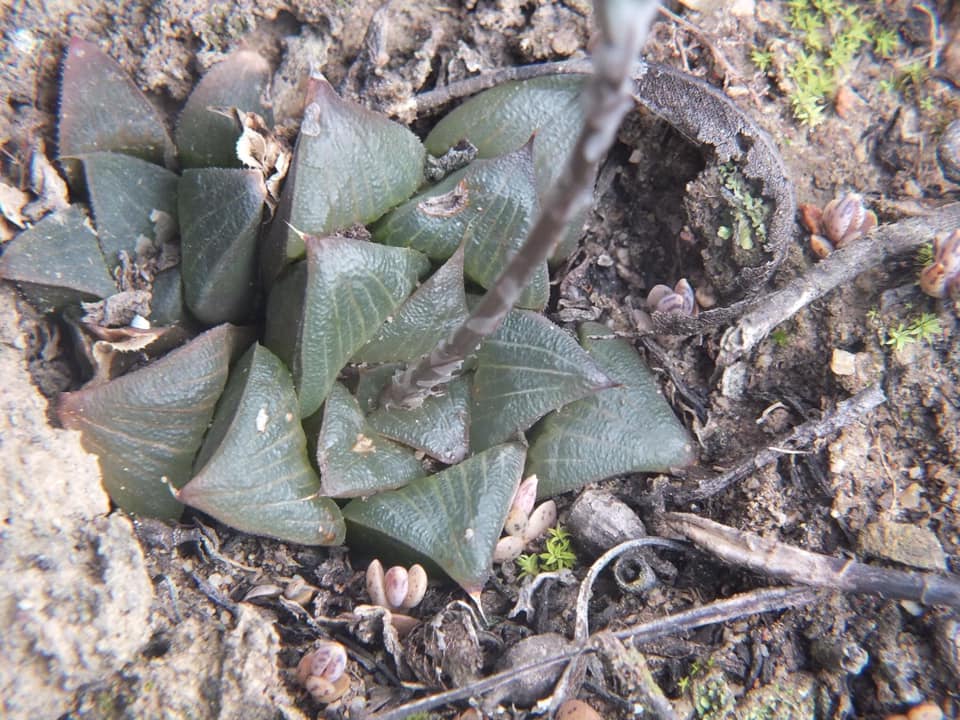
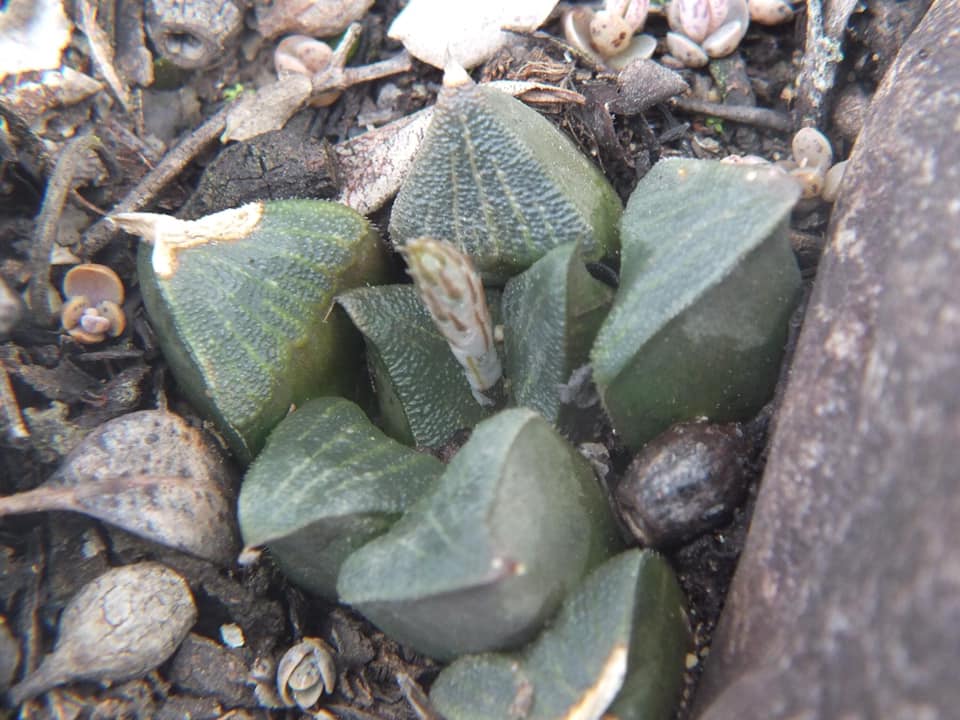
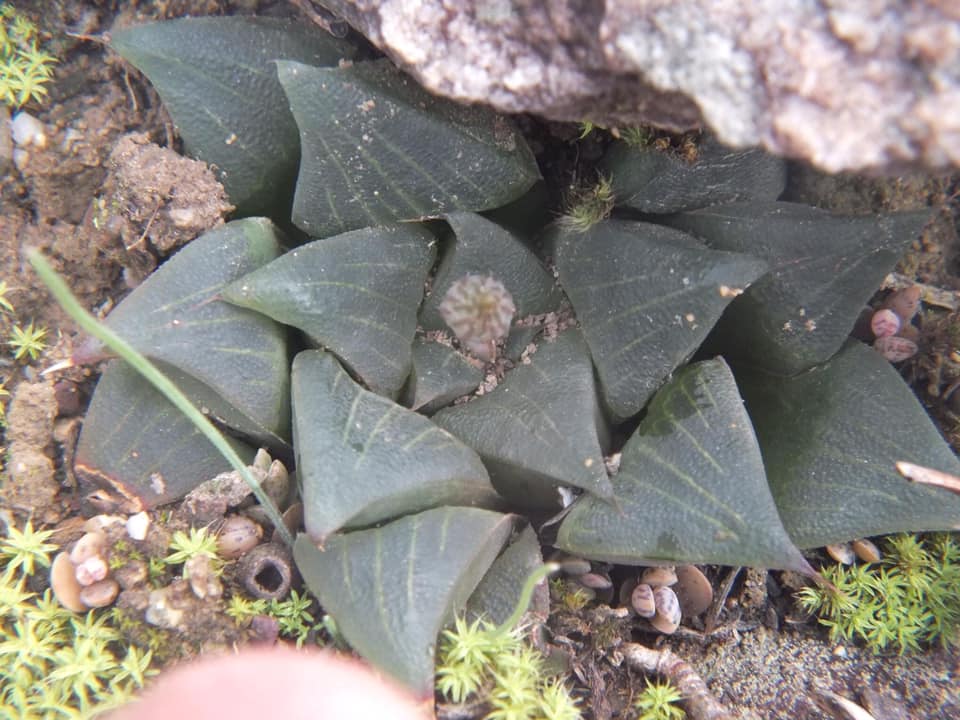
These are upstream from that last lot in the same circled area but to the west 2km? Note the floribunda hybrid! I filed this under turgida!!! But I am immensely frustrated by Emile’s excellent post. Take my map for example. It has been around since 1976 and not a soul of all these potential collaborators has so much as whispered a syllable to suggest where it might be right or wrong. That has not stopped them from littering the web with names with no explanation of how they might fit and why? The name “magnifica” makes sense!!! I cannot even use it as “magnificaoid” – I will get to post pictures of this ? “species” “variety” “hodge-podge “. If you give me time. Emile can you tell where there are discontinuities in this lot – even where floribunda or rossouwii are concerned? Who do consider an authority on Lithops? Is there a communal solution or is there a truth? It is said that the camel is the product of consensus.
